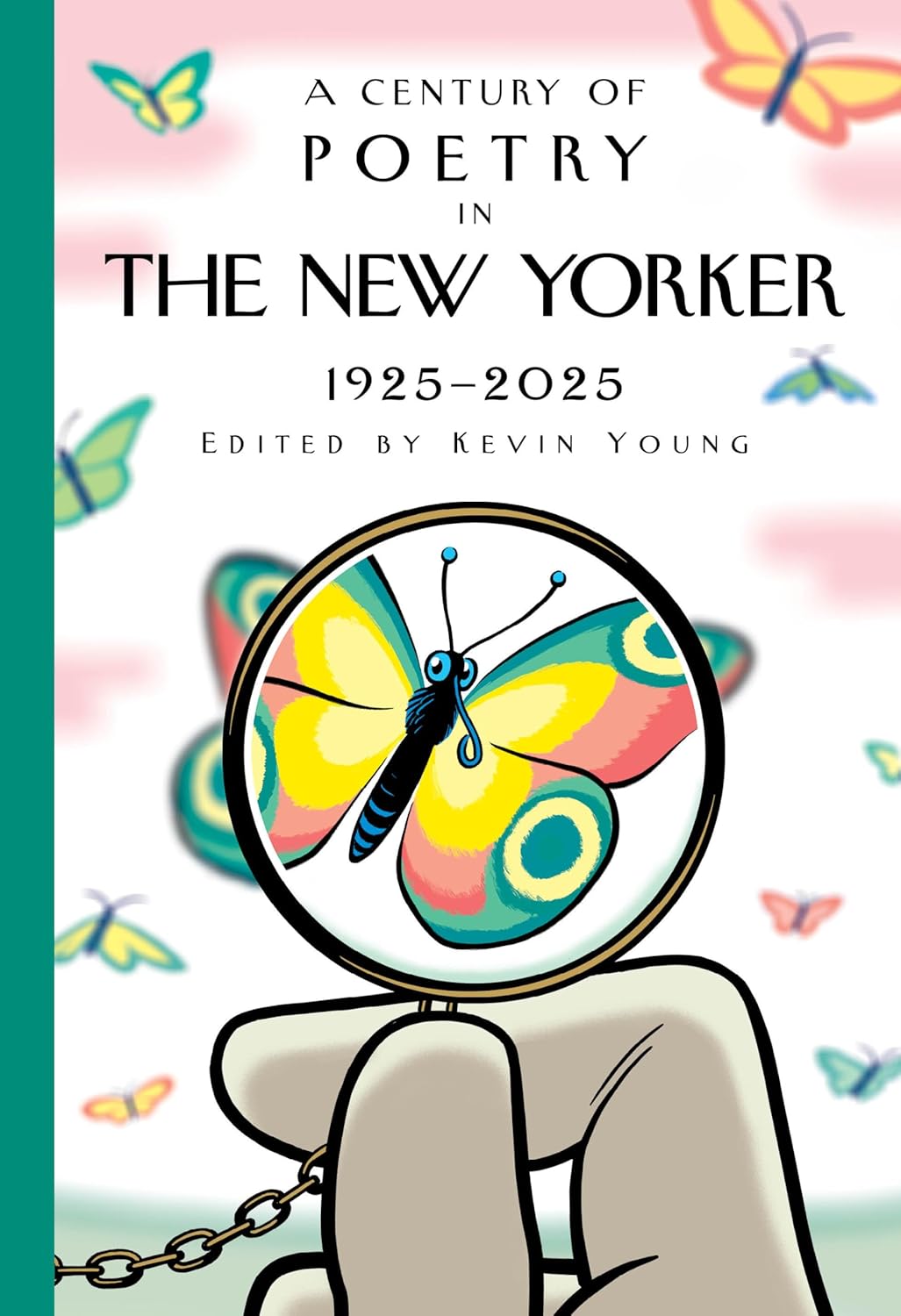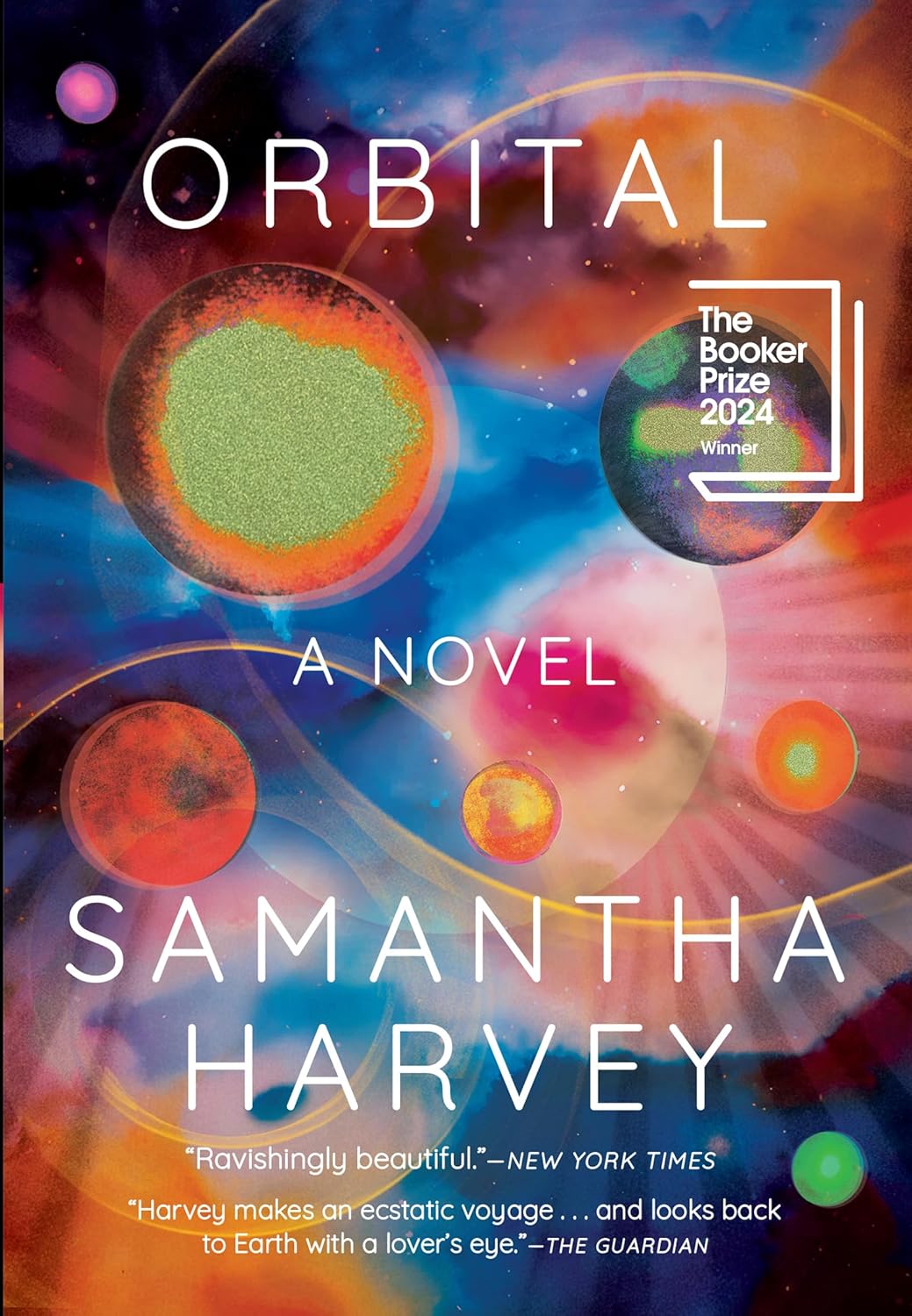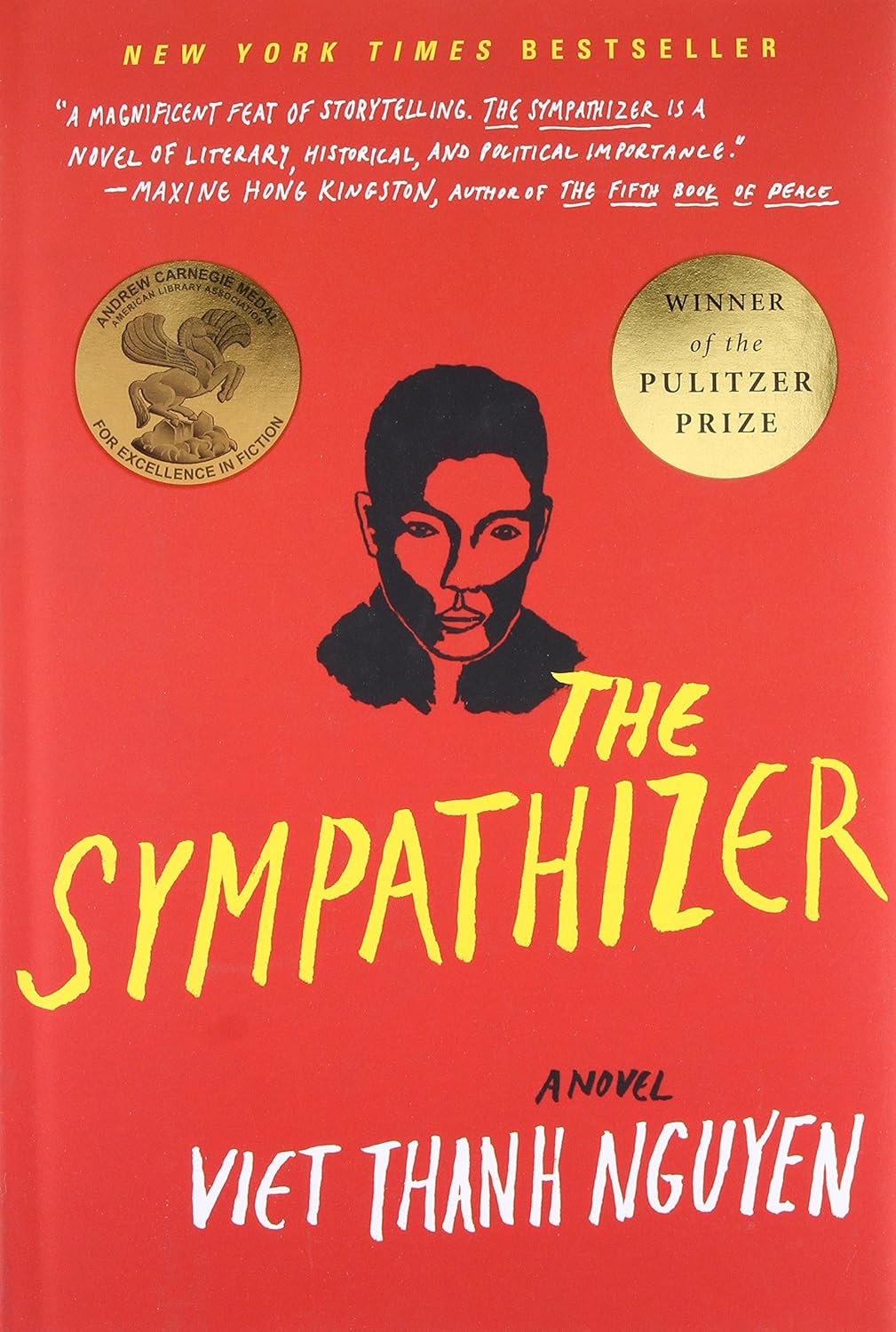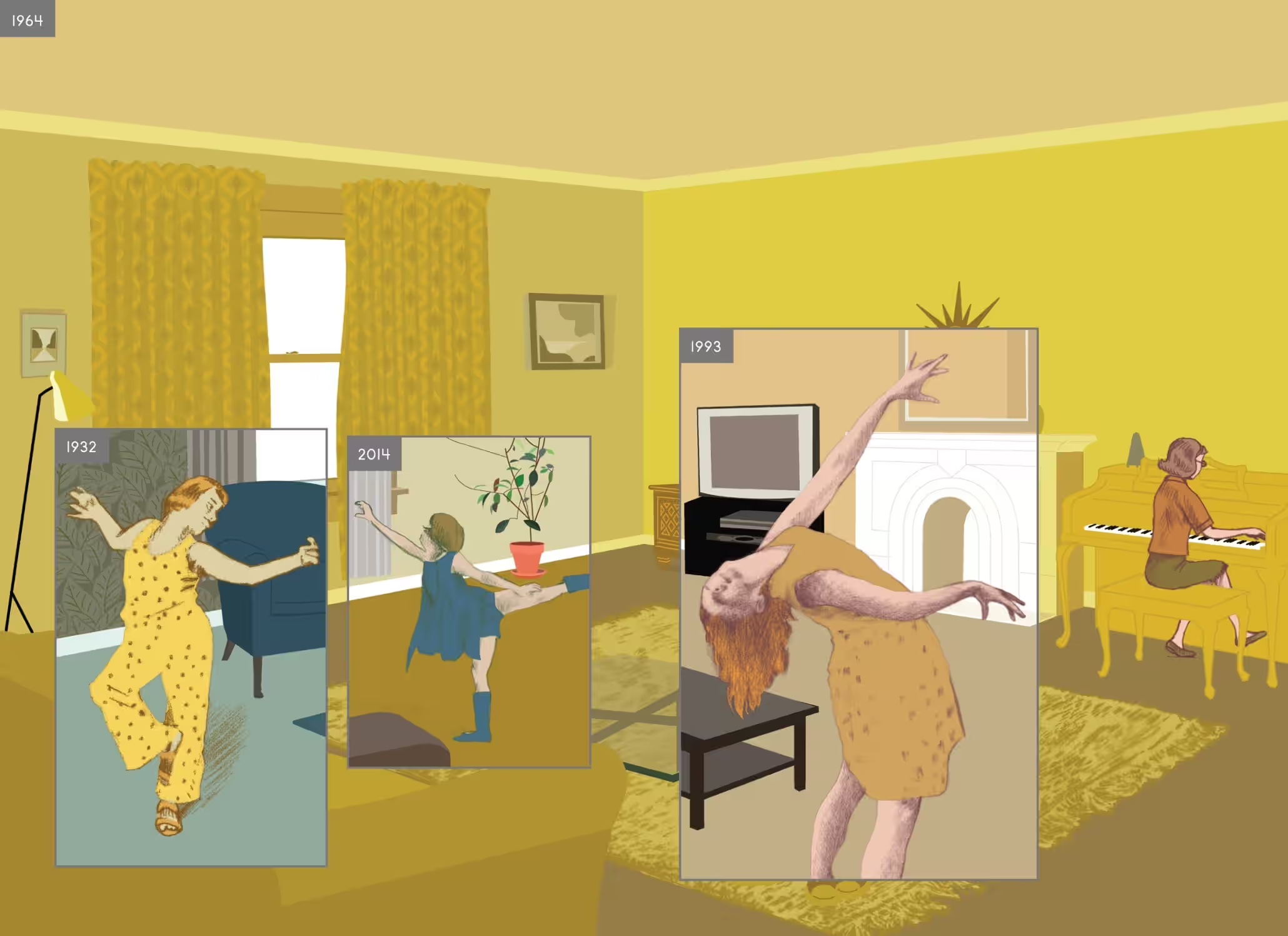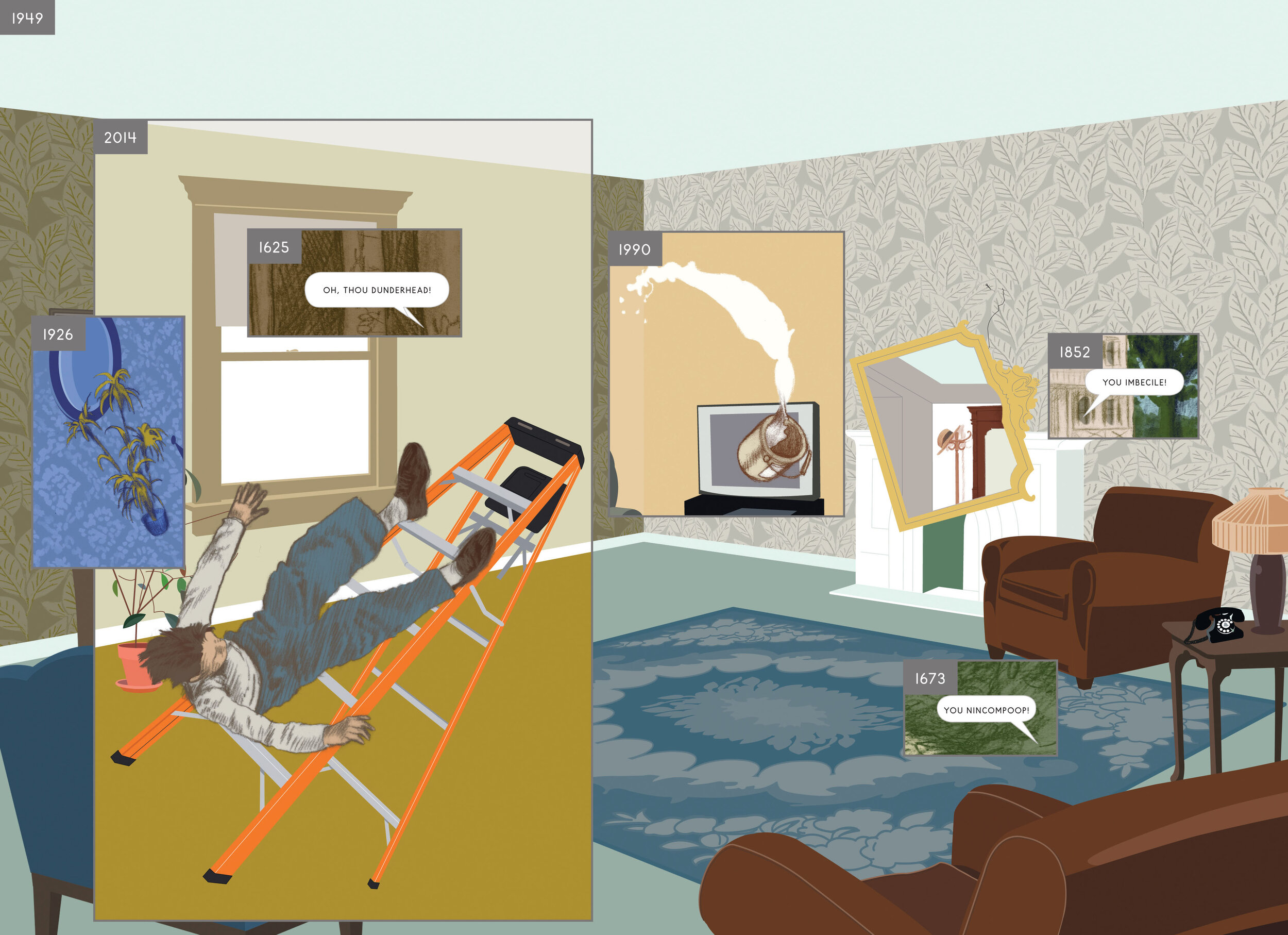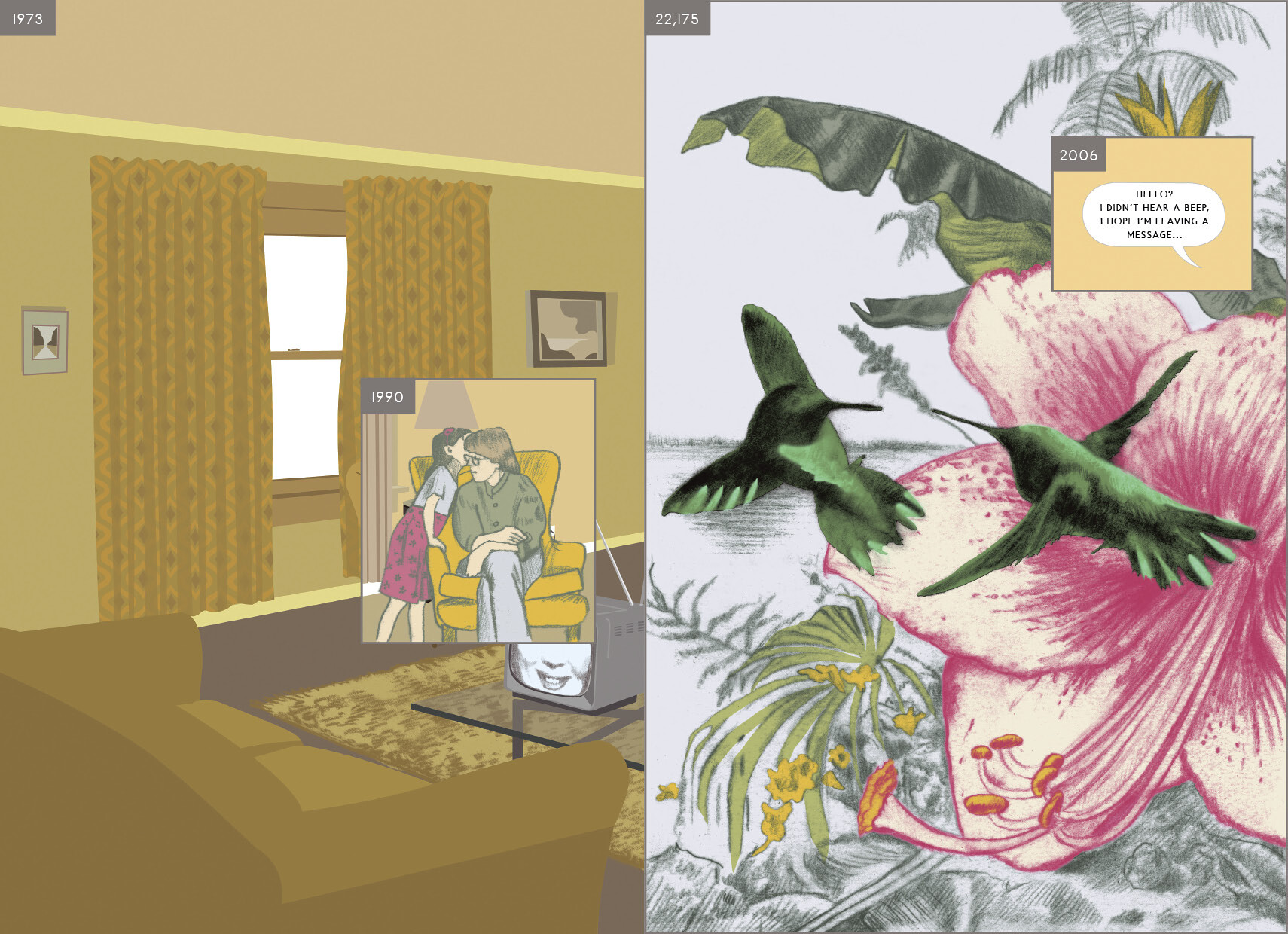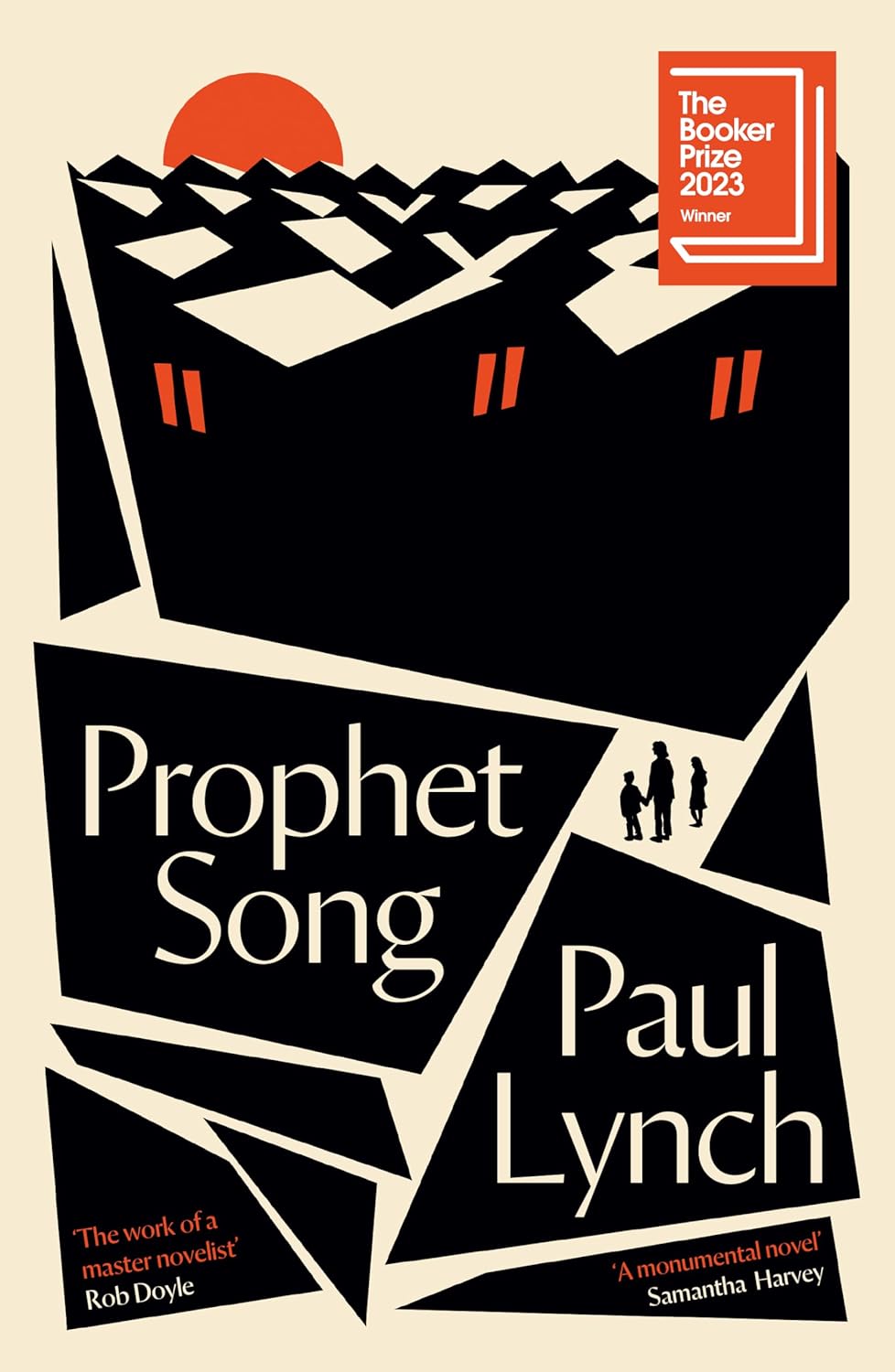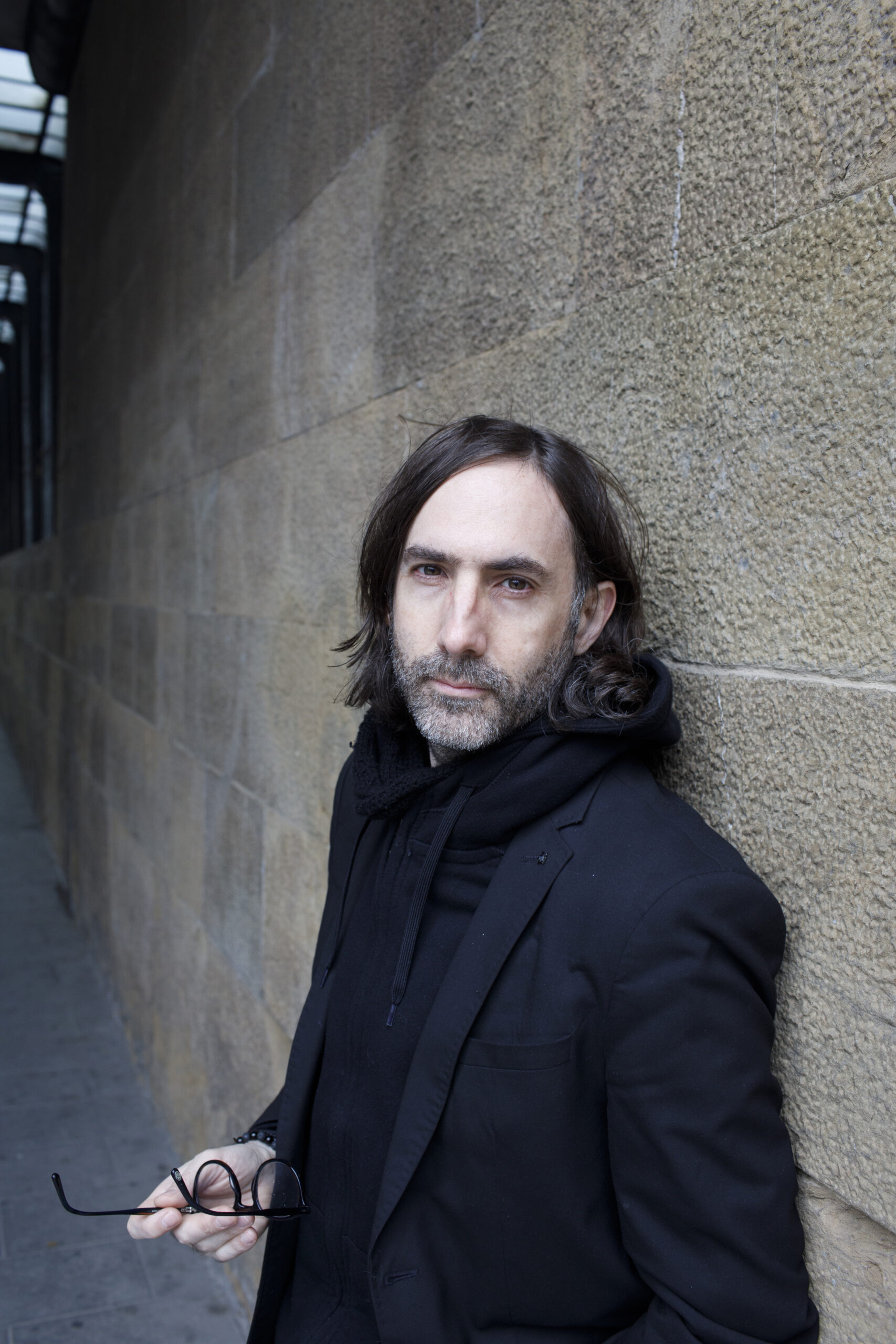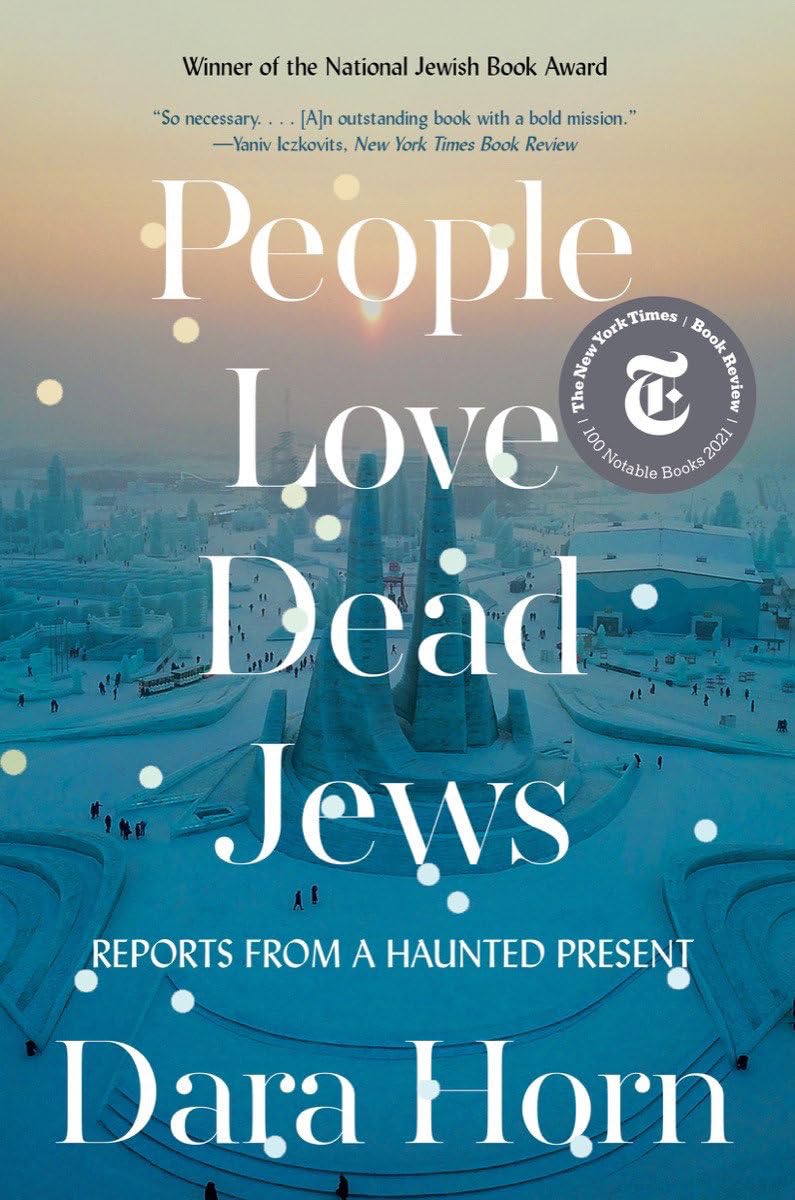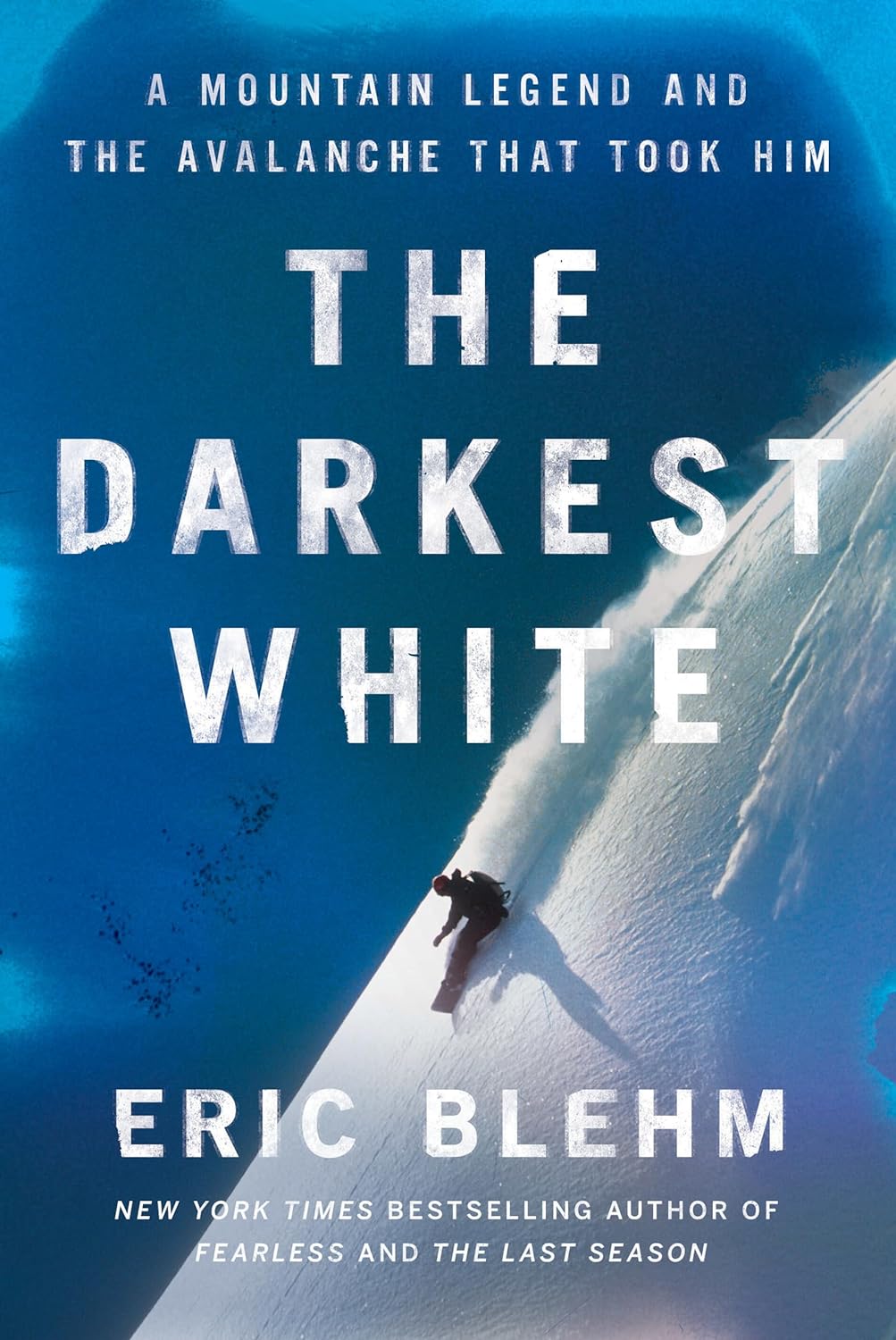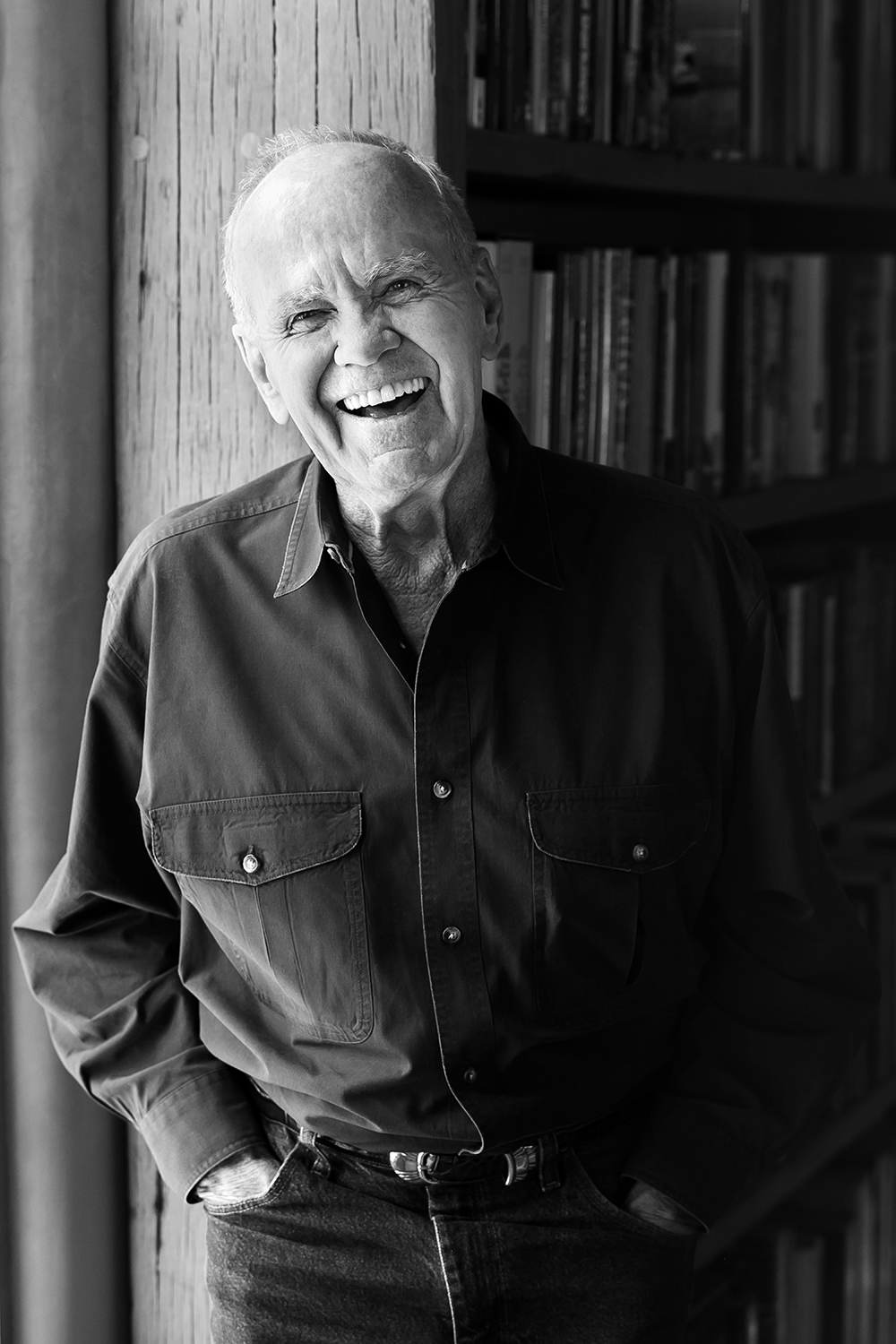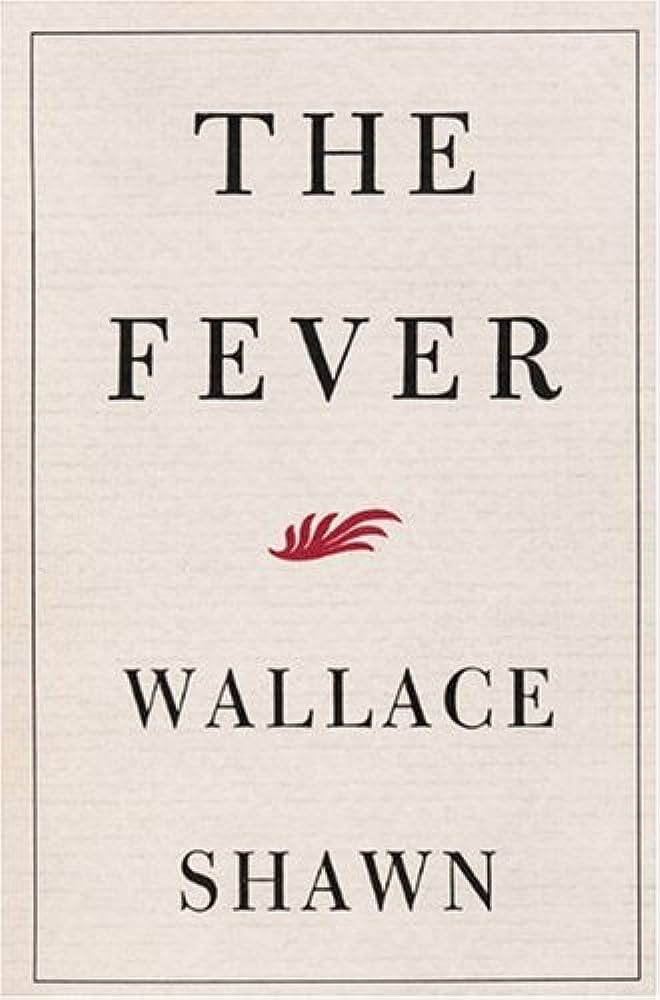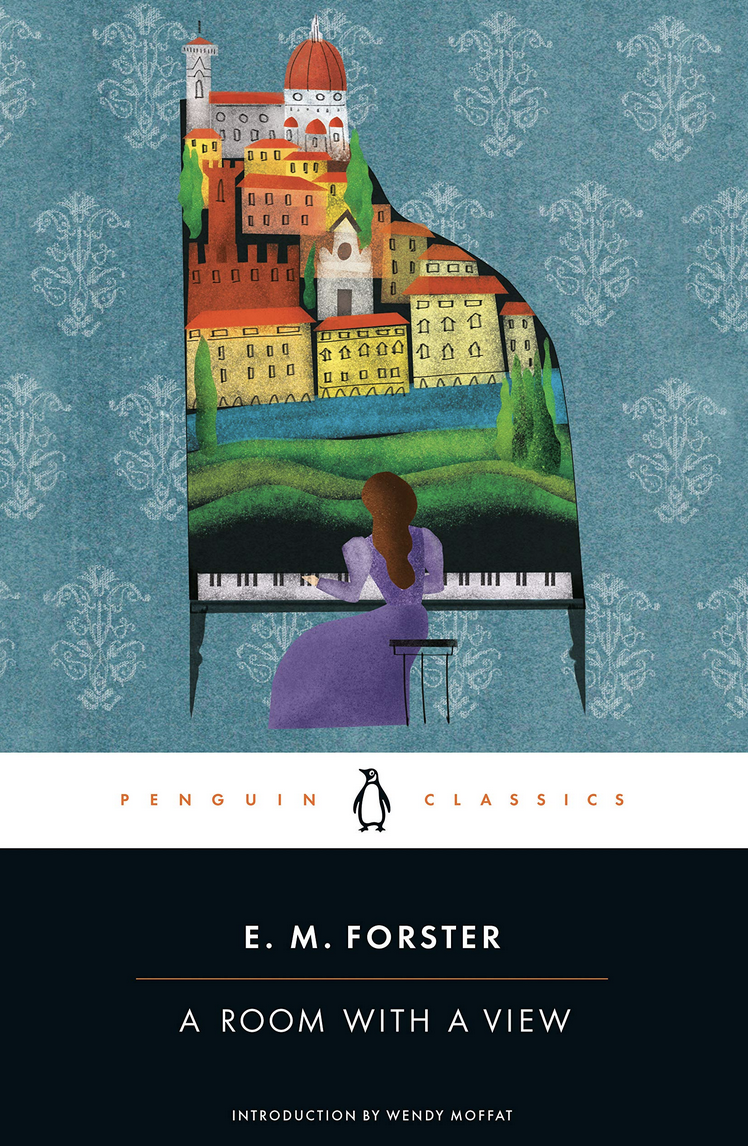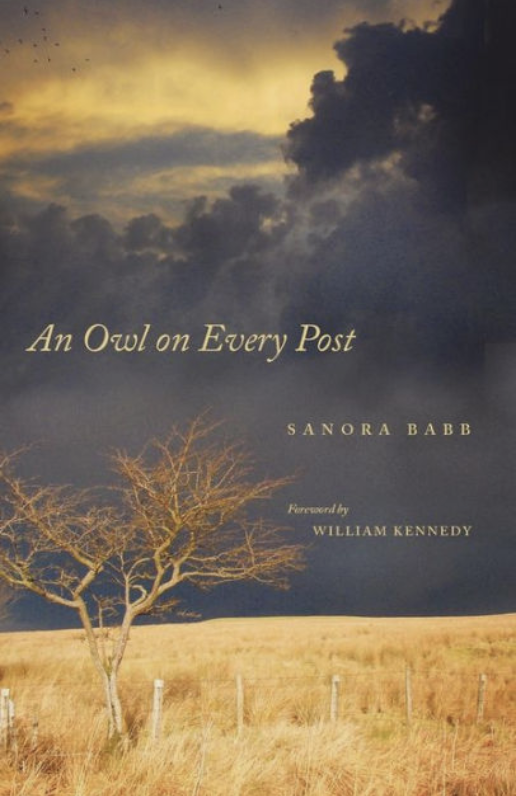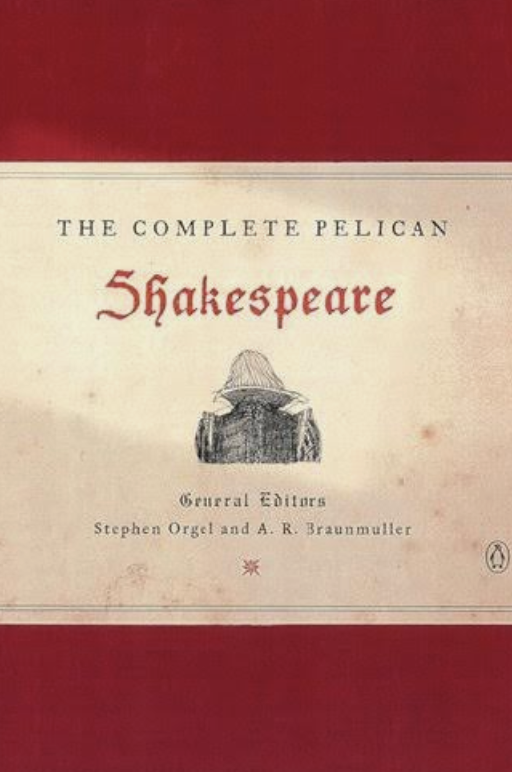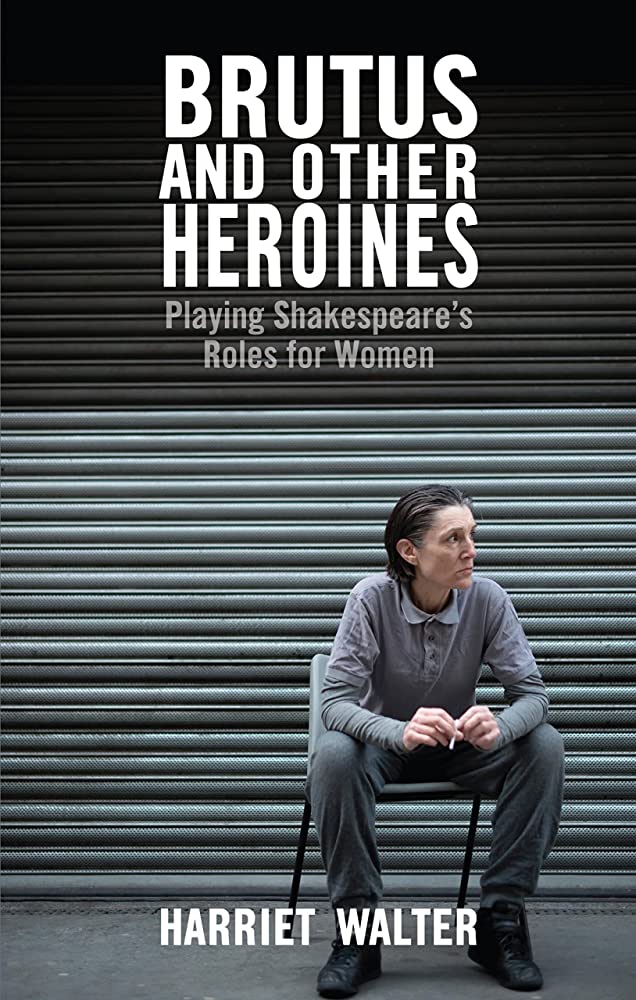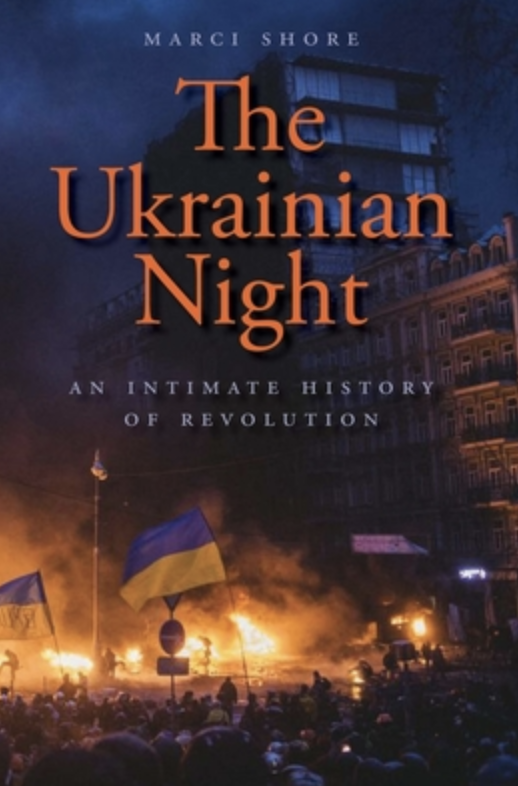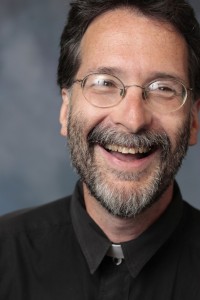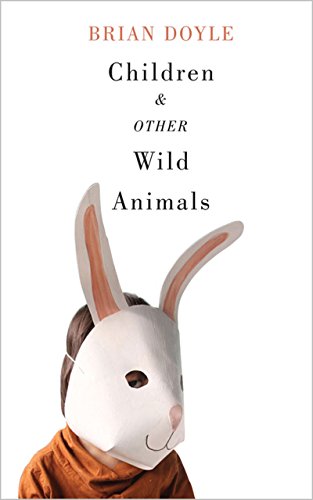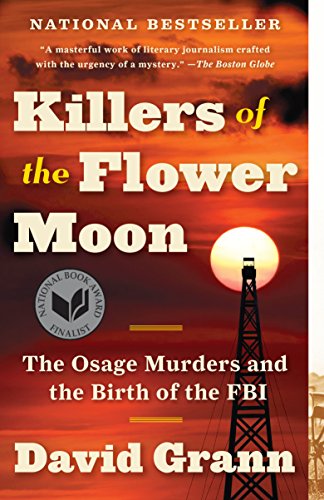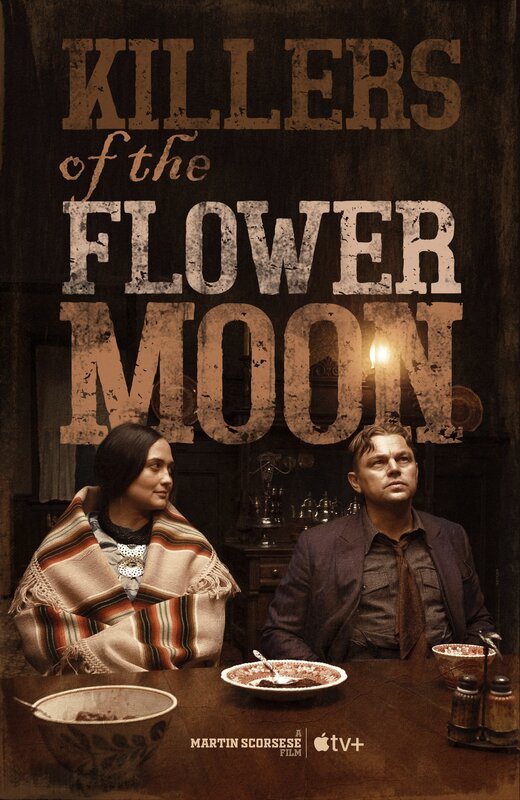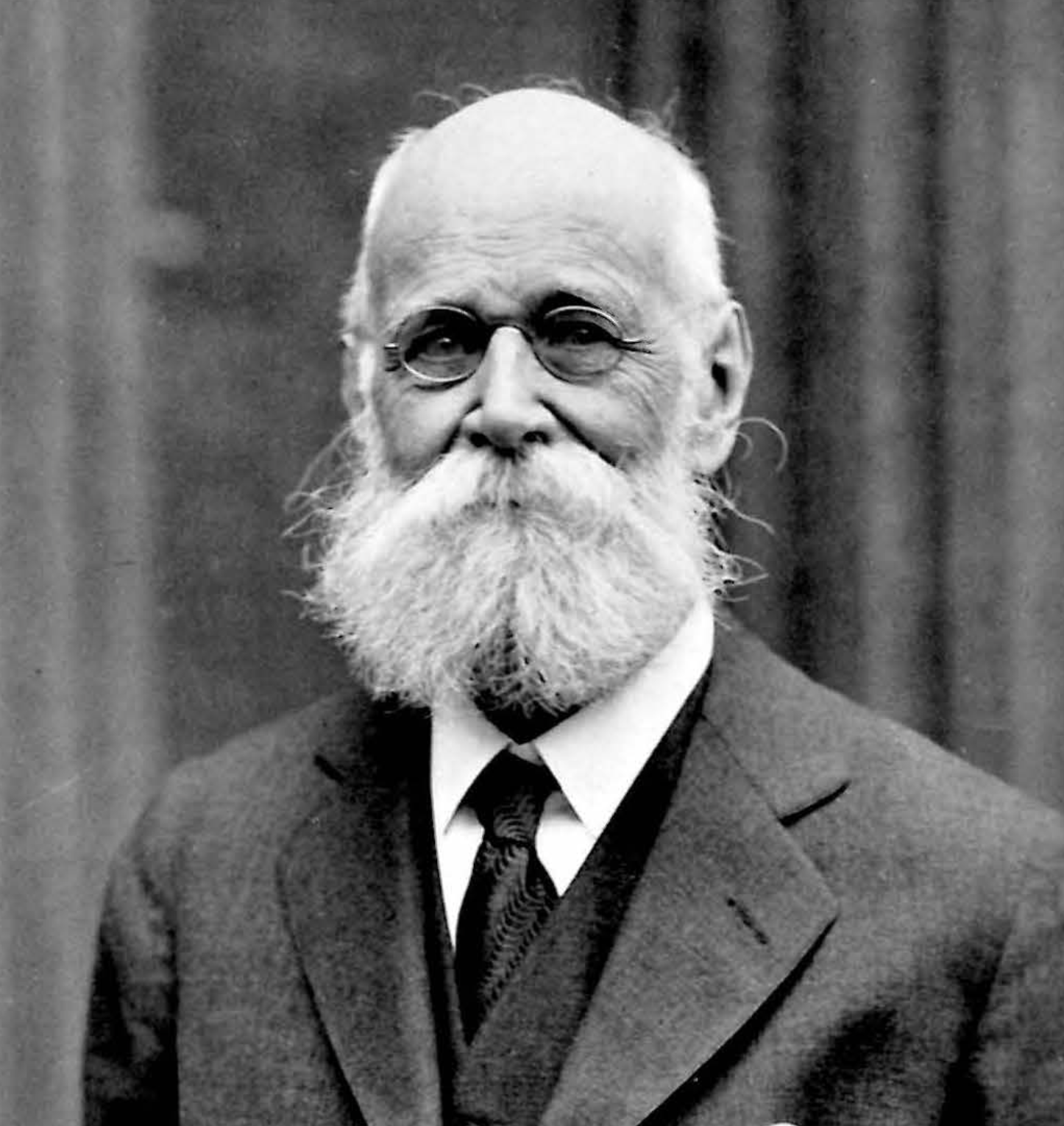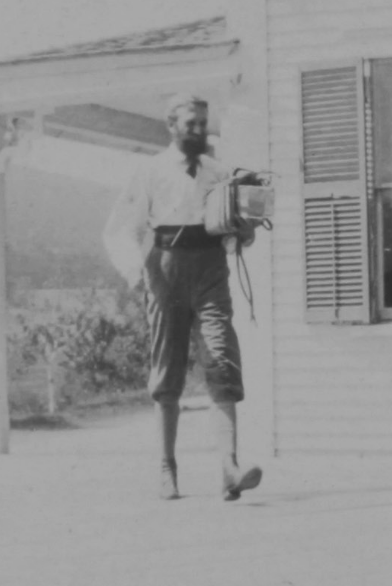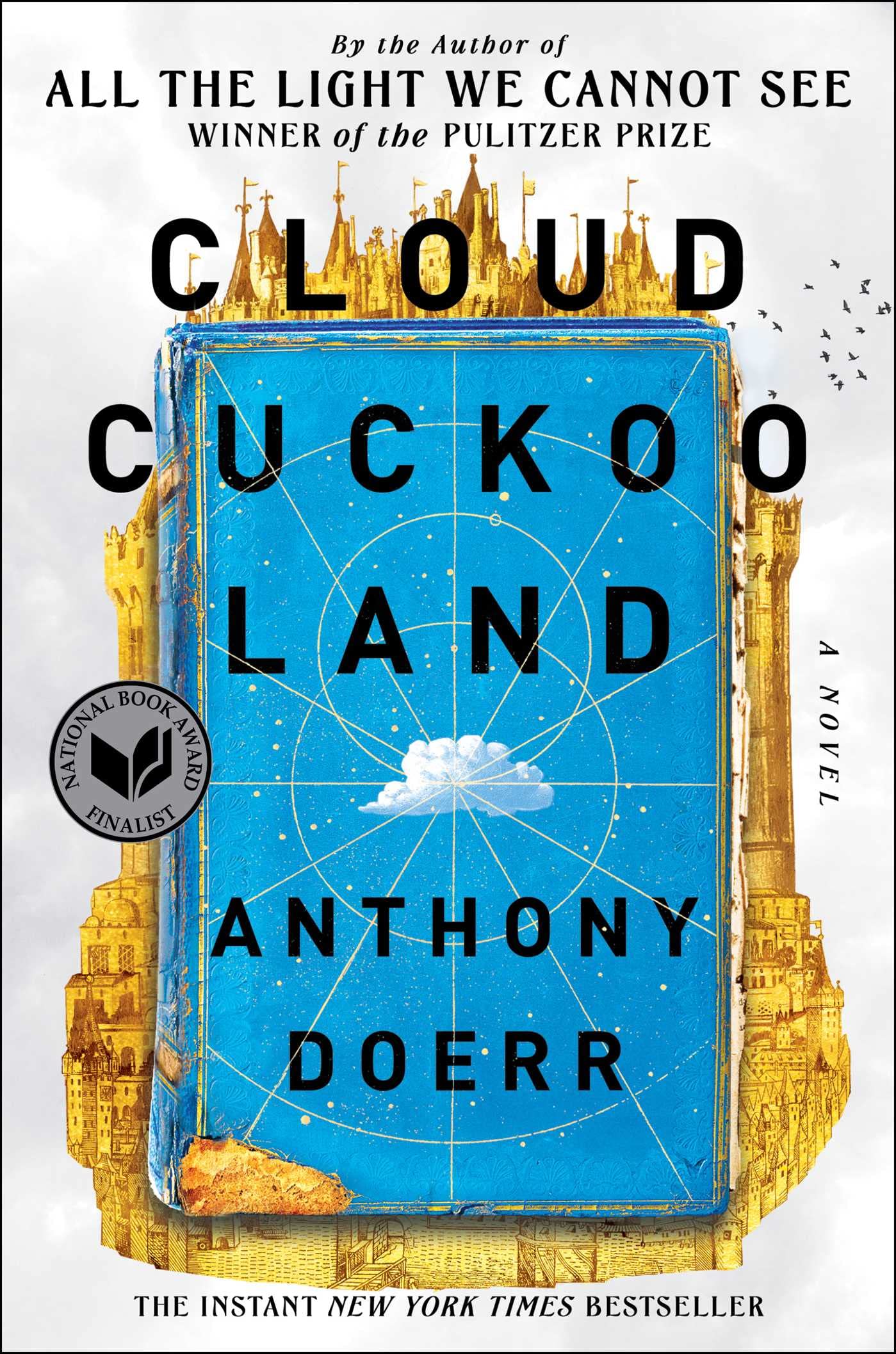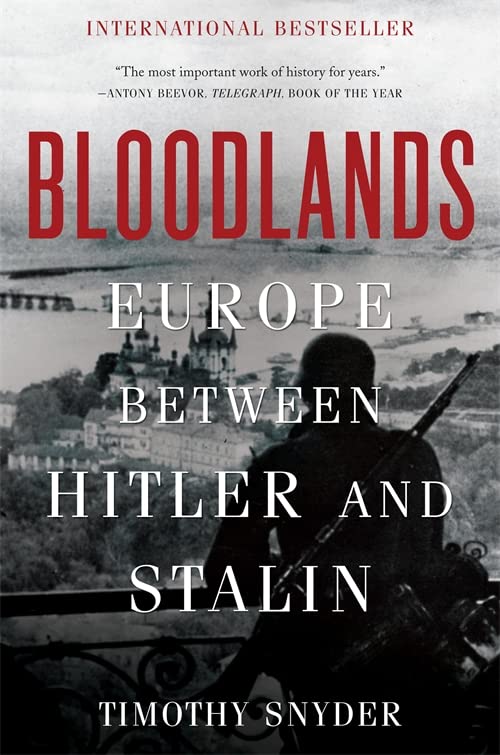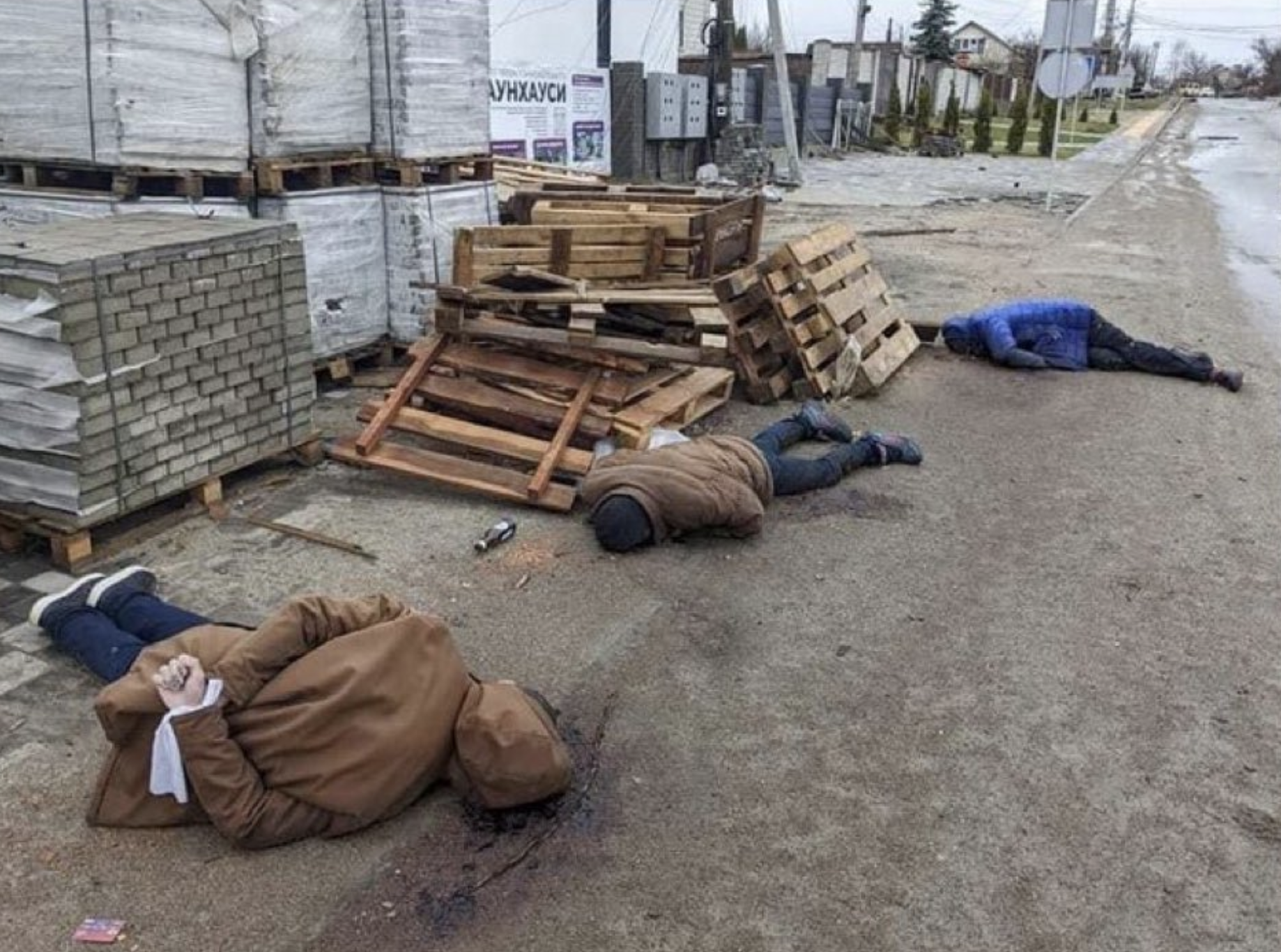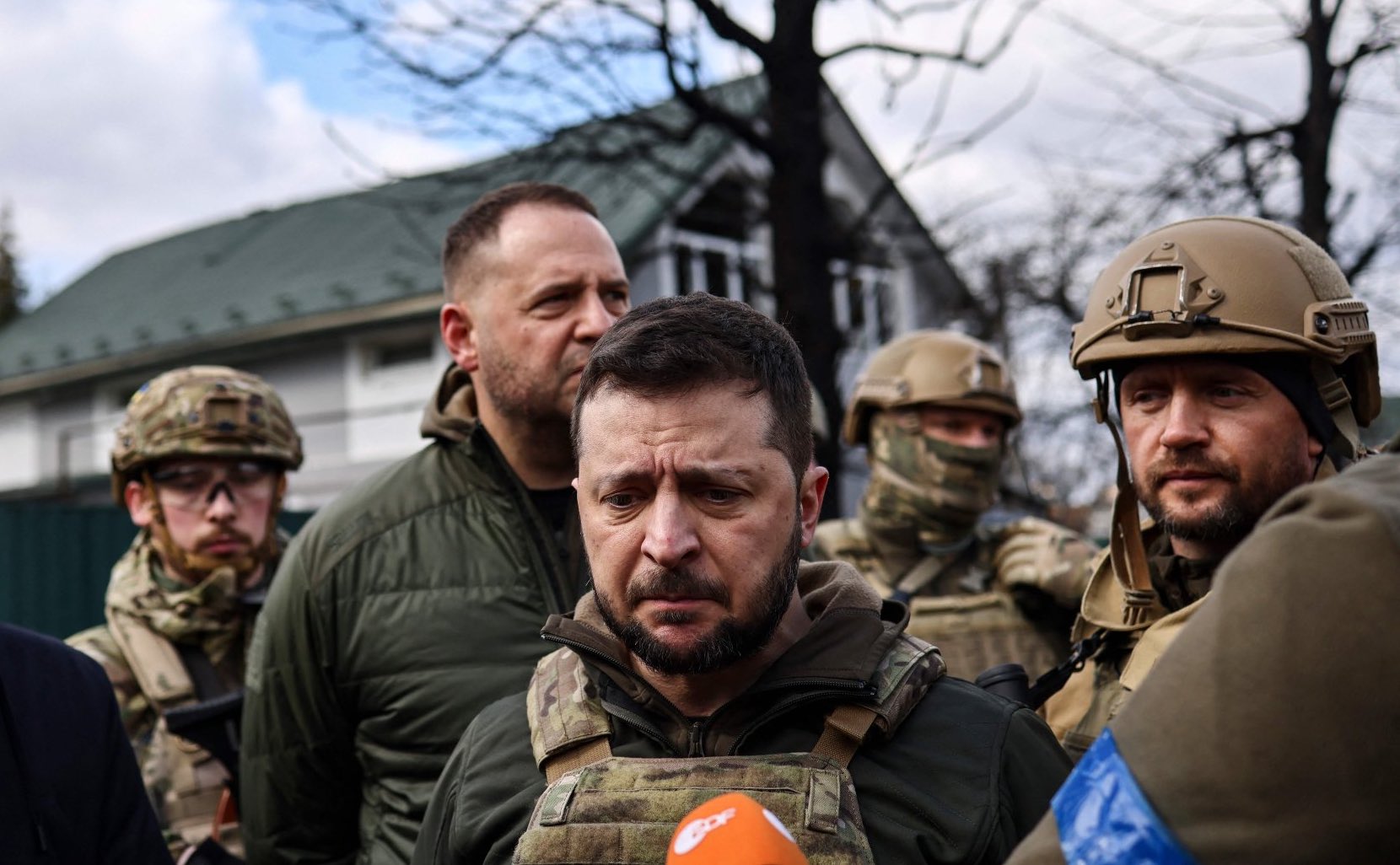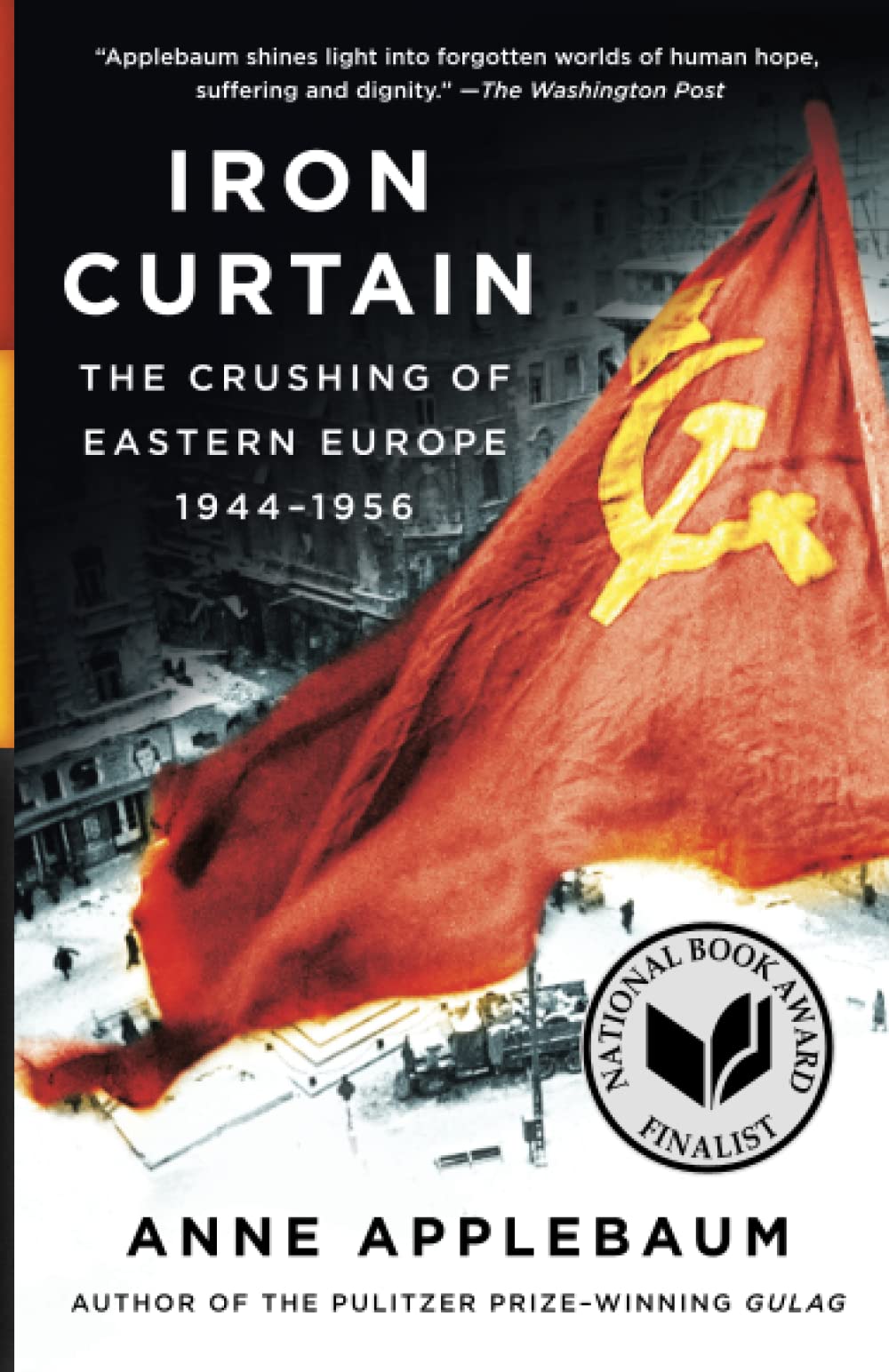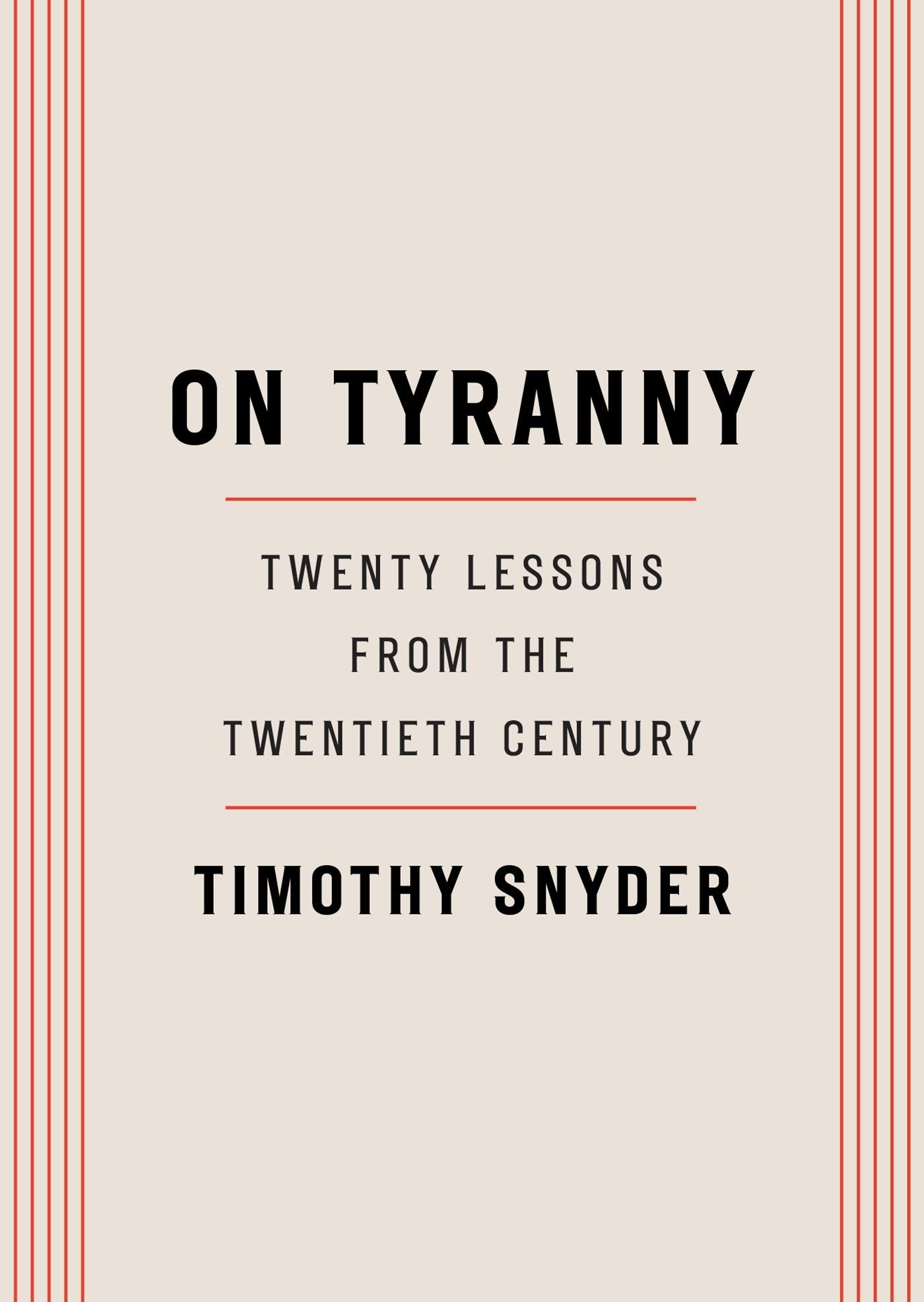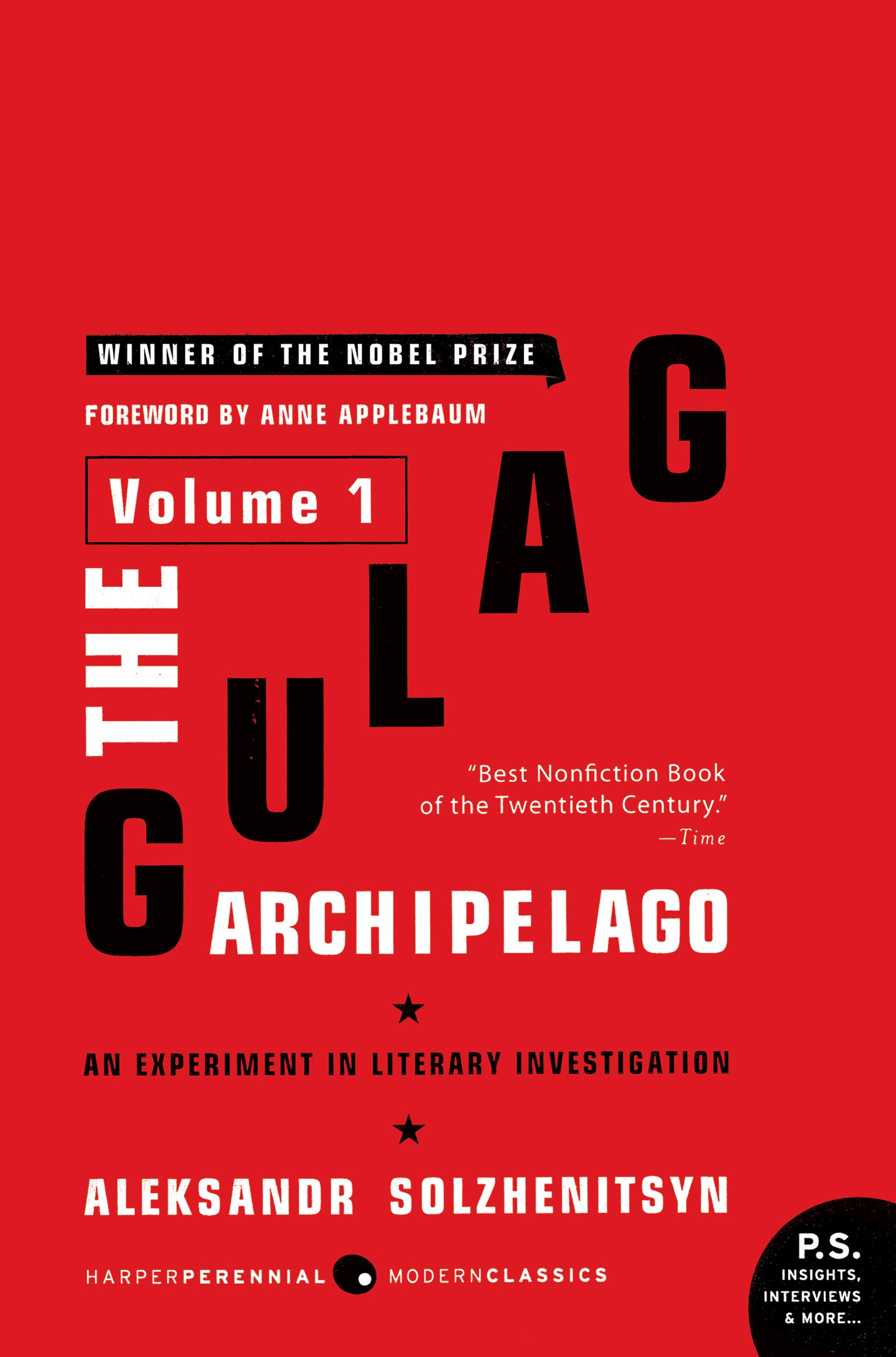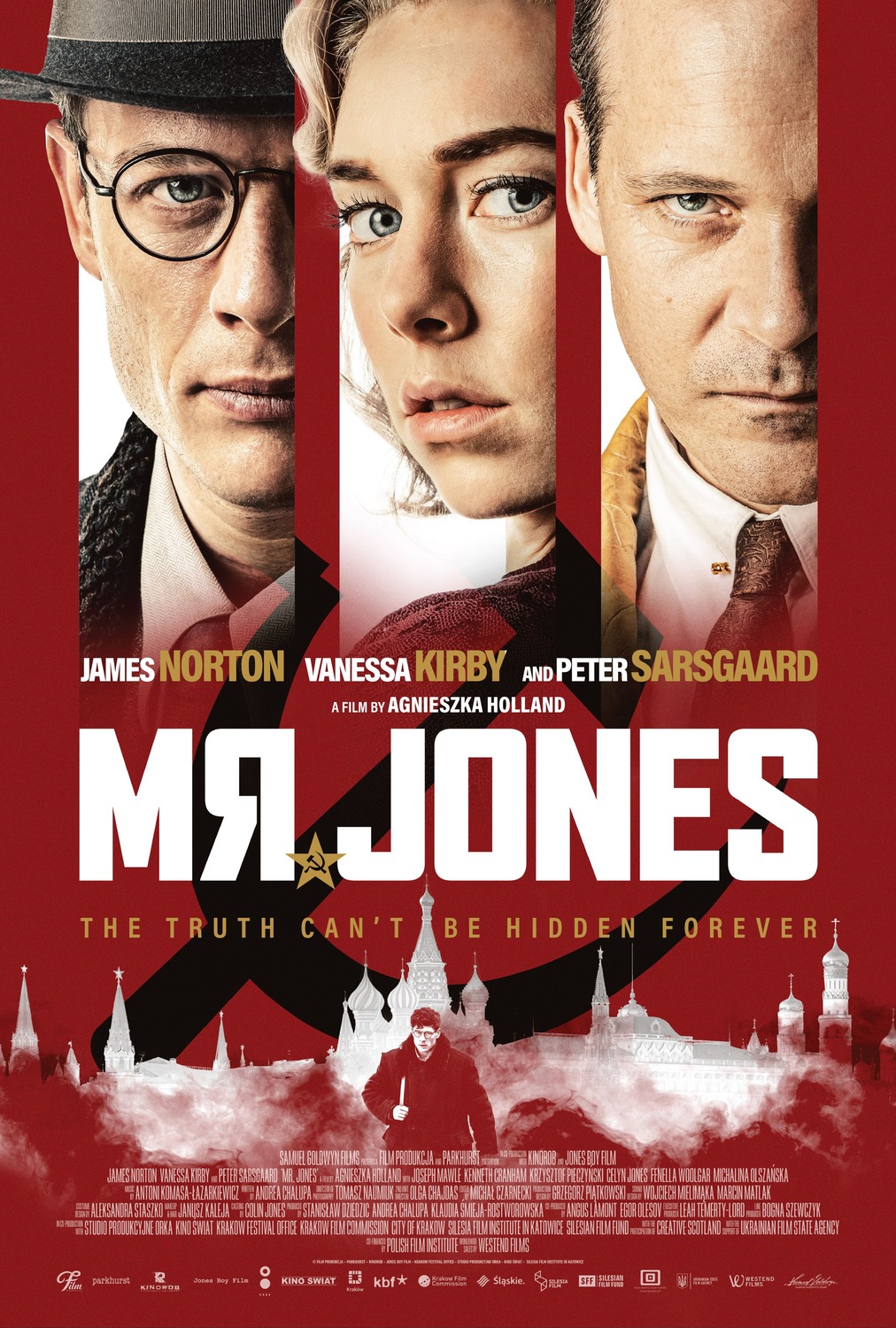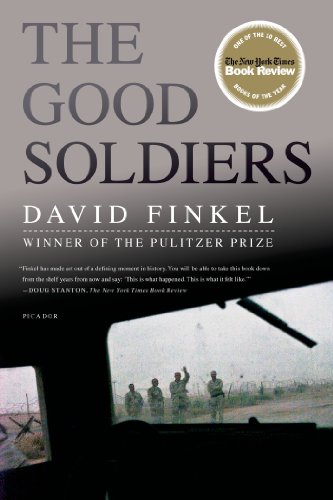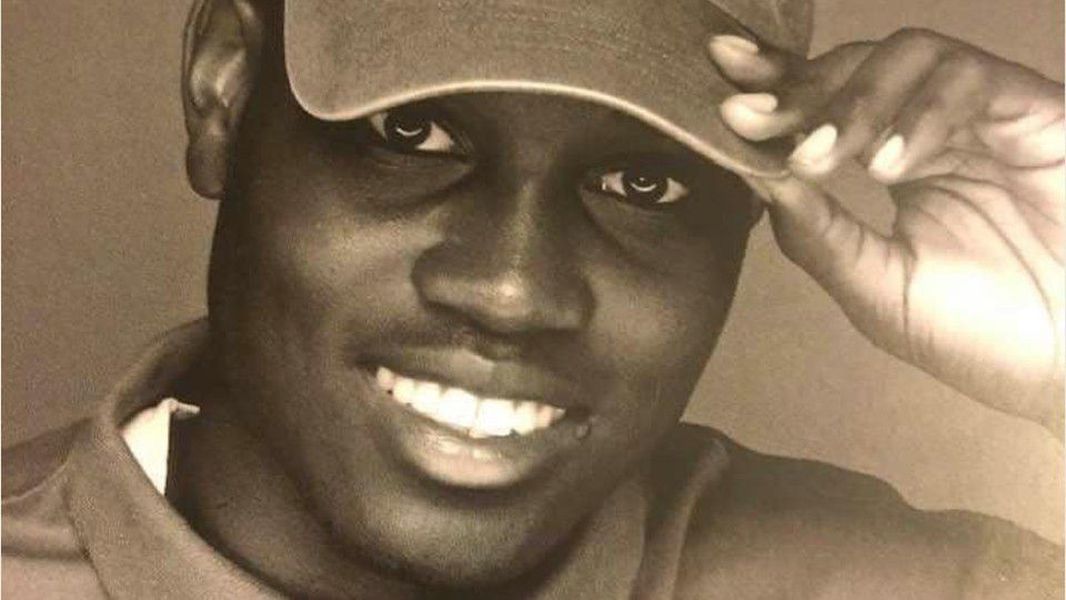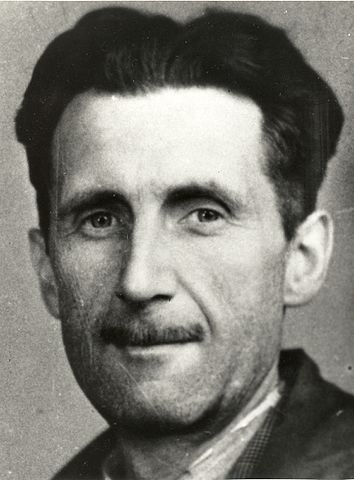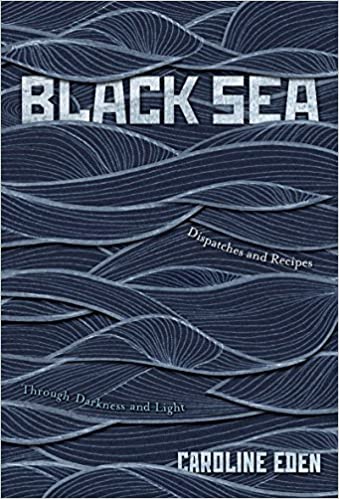Joy’s Recommendations
The Rest is Memory by Lily Tuck
Franz Kafka wrote that we should read books that wound and stab us. This book is one that fits the category, imagining the life of a Polish girl doomed to be murderd by the German Reich. It is dependent only on the image taken by Wilhelm Brasse, the photographer who captured the last images of over 40,000 prisoners at Auschwitz, and his memory of the girl.
Set up in notebook format, and with varying characters and historical figures entering and exiting, it all revolves around Czeslawa Kwoka.
It is a small volume comparable to the works of Frankl and Wiesel.
A Century of Poetry in the New Yorker: 1925 – 2025
Poetry lovers rejoice! This amazing compendium of poetry, edited by Kevin Young, starts with a bang with Adam Zagajewski’s “Try to Praise the Mutiliated World.” All of the greats are here: Sylvia Plath, Anne Sexton, Gunter Grass, W.S. Merwin, Robert Bly, to name a few. Of note: Anthony Towne’s “Dead of Winter” has the look of a concrete poem but really delivers and Jack Gilbert’s “By Small and Small: Midnight to 4 a.m.” packs a punch in nine lines.
There is one other startling part to this book that is a depressing sign of our times. The publication page concerning copyright notes that “no part of this book may be used or reproduced in any manner for the purpose of training artificial intelligence technologies or systems.” A.I. is doing its best to make morons of us all.
The book clocks in at just under a thousand pages so be aware that you may need to renew your loan to get through it.
Orbital by Samantha Harvey
Orbital follows the seamless circling of the International Space Station and the daily lives of the astronauts inhabiting it. It’s carefully written, a love poem to planet earth, as it wends from the astronauts and their life on the station, to the earth below them, and the cosmos around them. The ninety minute orbit of the station gives the astronauts multiple sunrises and sunsets each day:
With each sunrise nothing is diminished or lost and every single one staggers them. Every single time that blade of light cracks open and the sun explodes from it, a momentary immaculate star, then spills its light like a pail upended, and floods the earth, every time night become day in a matter of a minute, every time the earth dips through space like a creature diving and finds another day, day after day after day from the depth of space, a day every ninety minutes, every day brand new and of infinite supply, it staggers them.
Orbital won the 2024 Booker Prize.
The Sympathizer by Viet Thanh Nguyen
Great book about identity and duality, and the aftermath of the Vietnam (American) War. The writing addresses a world not seen by non-Asian Americans and can be jarring. For the Vietnamese that left for America after the war, it shows a dual world and culture that they inhabit. But, in the end, that duality is nothing. There are no redeeming characters here, and the myth of the American soldier is laid bare. Nguyen writes about how this myth corrupted Vietnamese culture, and inevitably the Vietnamese. Here’s a passage from the book:
‘Speaking of punctuality, I said to Madame, your clock is set to the wrong time.
No, she said, rising to fetch the beer. It’s set to Saigon time.
Of course it was. How could I have not seen it? Saigon time was fourteen hours off, although if one judged time by this clock, it was we who were fourteen hours off. Refugee, exile, immigrant — whatever species of displaced human we were, we did not simply live in two cultures, as celebrants of the great American melting pot imagined. Displaced people also lived in two time zones, the here and the there, the present and the past, being as we were reluctant time travelers. But while science fiction imagined time travelers as moving forward or backward in time, this timepiece demonstrated a different chronology. The open secret of the clock, naked for all to see, was that we were only going in circles.’
Smart writing throughout, and Nguyen gives a hat tip to Shakespeare: there’s scenes within the scene (play within a play), the subtle use of the title ‘Hamlet,’ and ghosts that appear sporadically to remind the character of his flaws. The Sympathizer won multiple awards, most notably the Pulitzer.
Here by Richard McGuire
This influential graphic novel made waves when the original comic was published in 1989 (link). Richard McGuire expanded it with color panels in 2014 and it has been made into a film starring Tom Hanks and Robin Wright due to be released in November 2024.
The book’s focus is one room (the corner) of a house and passes forward and backward in time showing the same piece of land/fire/water/house. It is always transitional and a small microcosm of history. It’s main effect is in the simplicity of reminding the reader what can happen in one small corner of the world.
Prophet Song by Paul Lynch
Reading this relentless, dystopian novel felt like suffocating slowly. Paul Lynch’s Prophet Song can be compared with Orwell and Camus, even Cormac McCarthy. It explores the authoritarian takeover of a democratic country (in this case, Ireland) by sinister people who seek only power.
…the NAP [National Alliance Party] is trying to change what you and I call reality, they want to muddy it like water, if you say one thing is another thing and you say it enough times, then it must be so, and if you keep saying it over and over, people accept it a true…
Of course, the parallels are there with American current events, but it’s crucial to keep in mind that people living in North Korea, Russia, Iran, anyplace with a despotic government structure is living this reality today. Most recently, residents of the country of the Georgia have been demonstrating against Russia’s fascistic takeover of their government.
The book follows Eilish, a mother with four children whose husband has been abducted by the government. The most compelling parts of the book examine who can afford to be a revolutionary and who can’t and the isolation that occurs when everyone knows that Big Brother is watching. Lynch also constantly explores the futility of life, the concept of hope, and more widely, the constant turning of time:
Watching the light now as it broods upon the street, a slow pulsation that gives to sudden clarity then dims, thinking about what lies hidden, seeing that what is revealed in the soft blooming light is the everyday occurring, the centre of the middle charged with the ordinary, the evergreens and the rhododendron, the paths designed for wheeling buggies, the cement stamped by growing feet, the troopings to school, the endless orbiting of SUVs, the elderly stooping after dogs and stopping to speak, the crows watching down from the utility wire, the grand parade of the year marching them all towards some glorious summer under the bannered leaves.
This novel won the Booker Prize in 2023. Check it out here.
People Love Dead Jews by Dara Horn
One of the more fascinating parts of the book is the mention of the Diarna Project, which geolocates destroyed Jewish temples and other notable places. The project includes images from before the destruction and offers a historical background. Link here to the Diarna Project.
The Darkest White by Eric Blehm
A biography of Craig Kelly, The Darkest White also investigates the avalanche accident that killed seven people (including Kelly) back in 2003. Snowboarding pioneer, and in training to become a backcountry guide, Kelly was with a large group skiing (and split skiing) up La Traviata in British Columbia when disaster struck and a large slide buried thirteen of their group.
After the shock and the blame, and another seven dying in a separate accident by avalanche the next week, it triggered the mountain community into a ‘safety first’ mentality and was the beginning of serious snow awareness in the mountains.
“A Ship Crashed Into a Baltimore Bridge and Demolished the Lies About Immigration”
Read a Banned Book
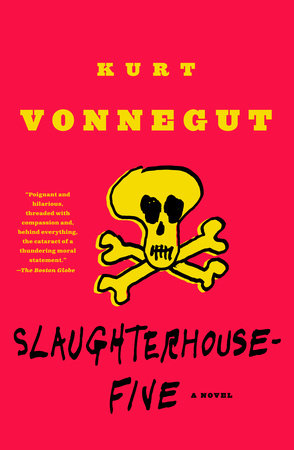
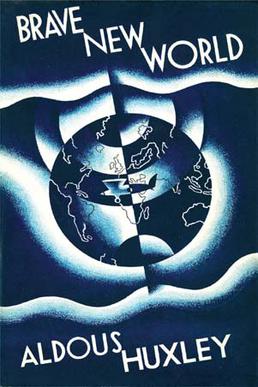
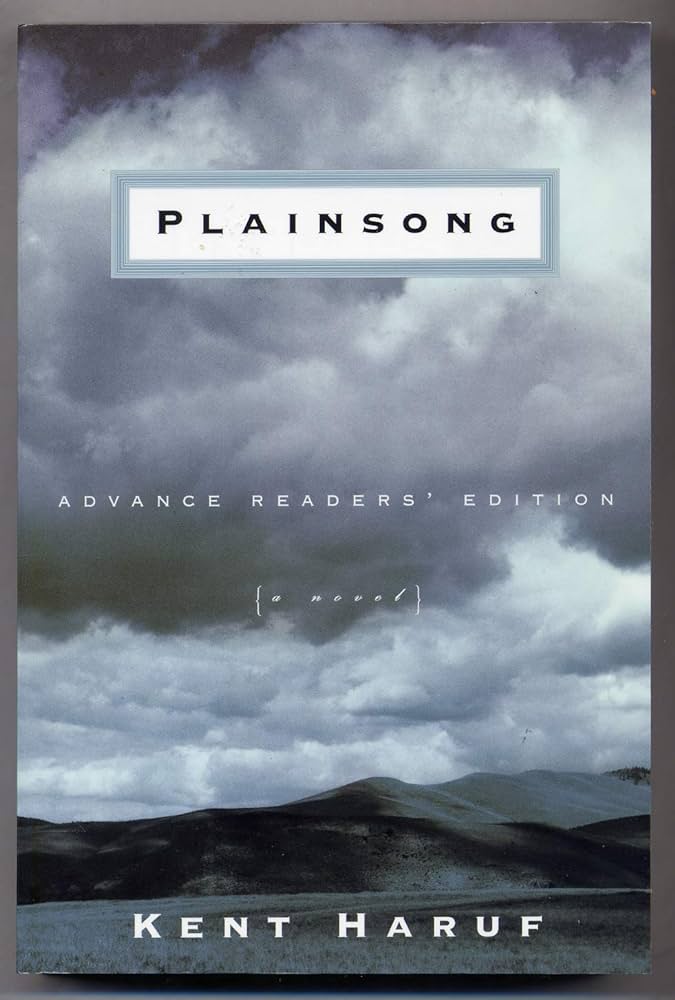
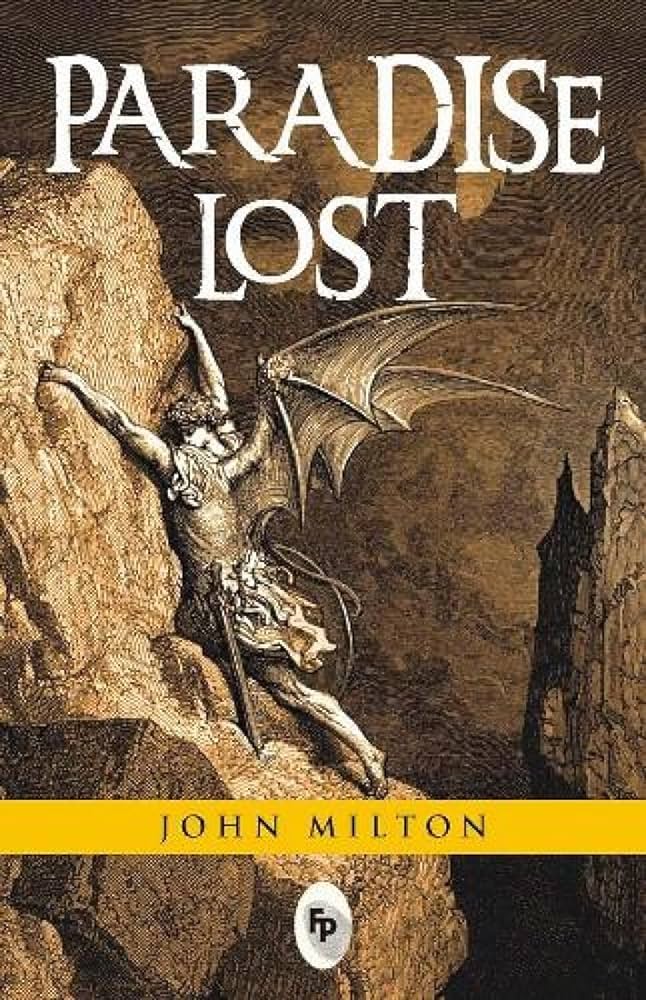

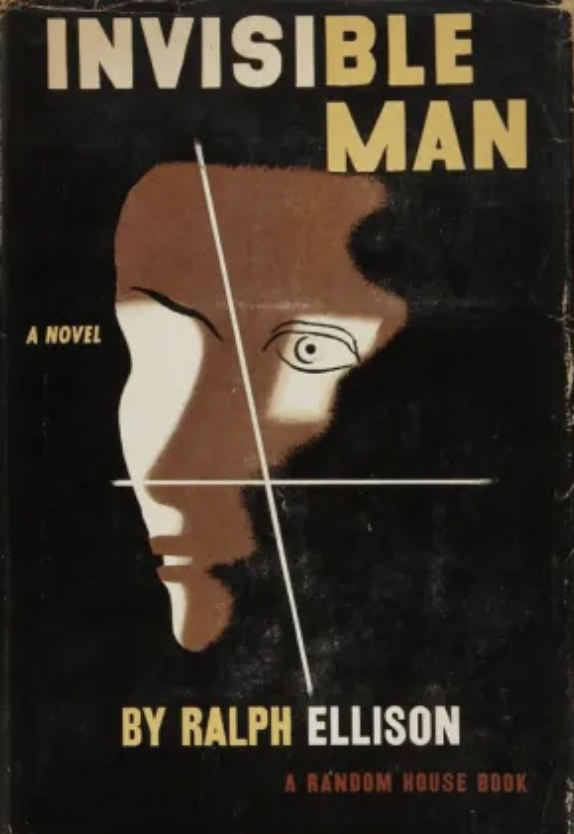
The Orange County, Florida school system recently removed 673 books from libraries and classrooms.
The link to left lists them all.
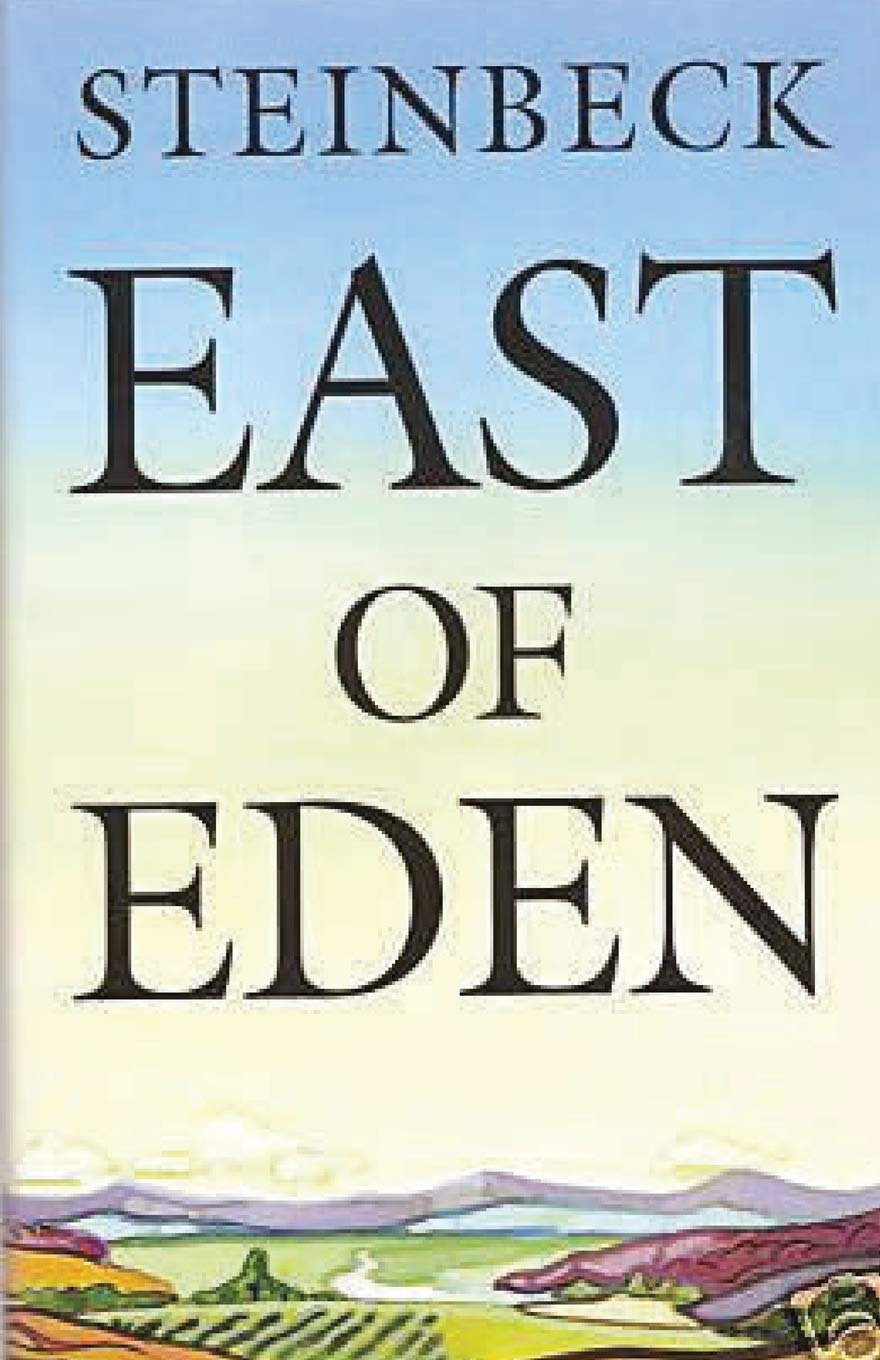
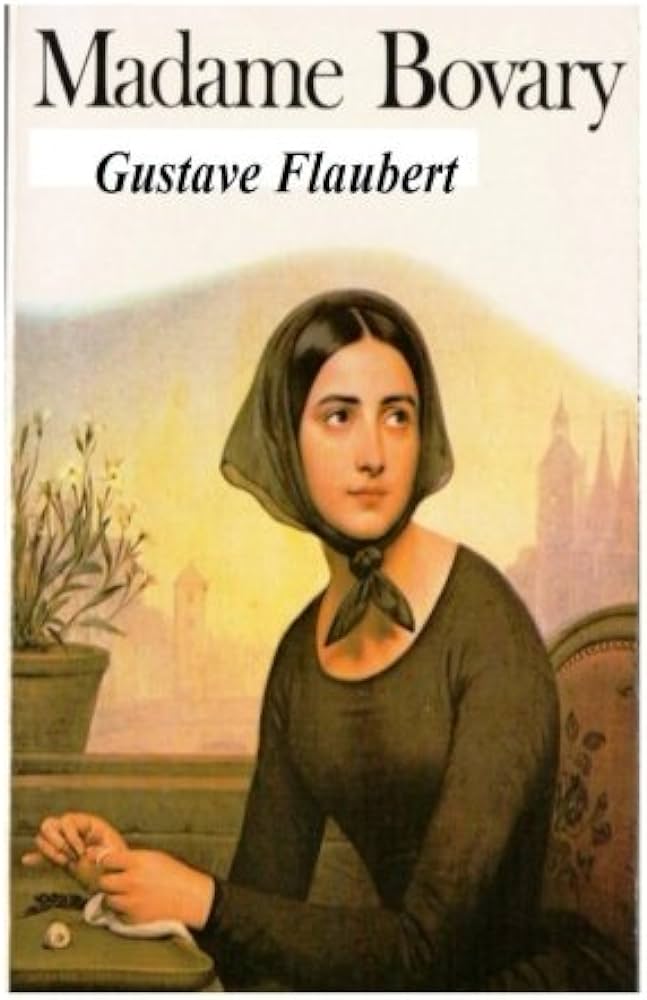
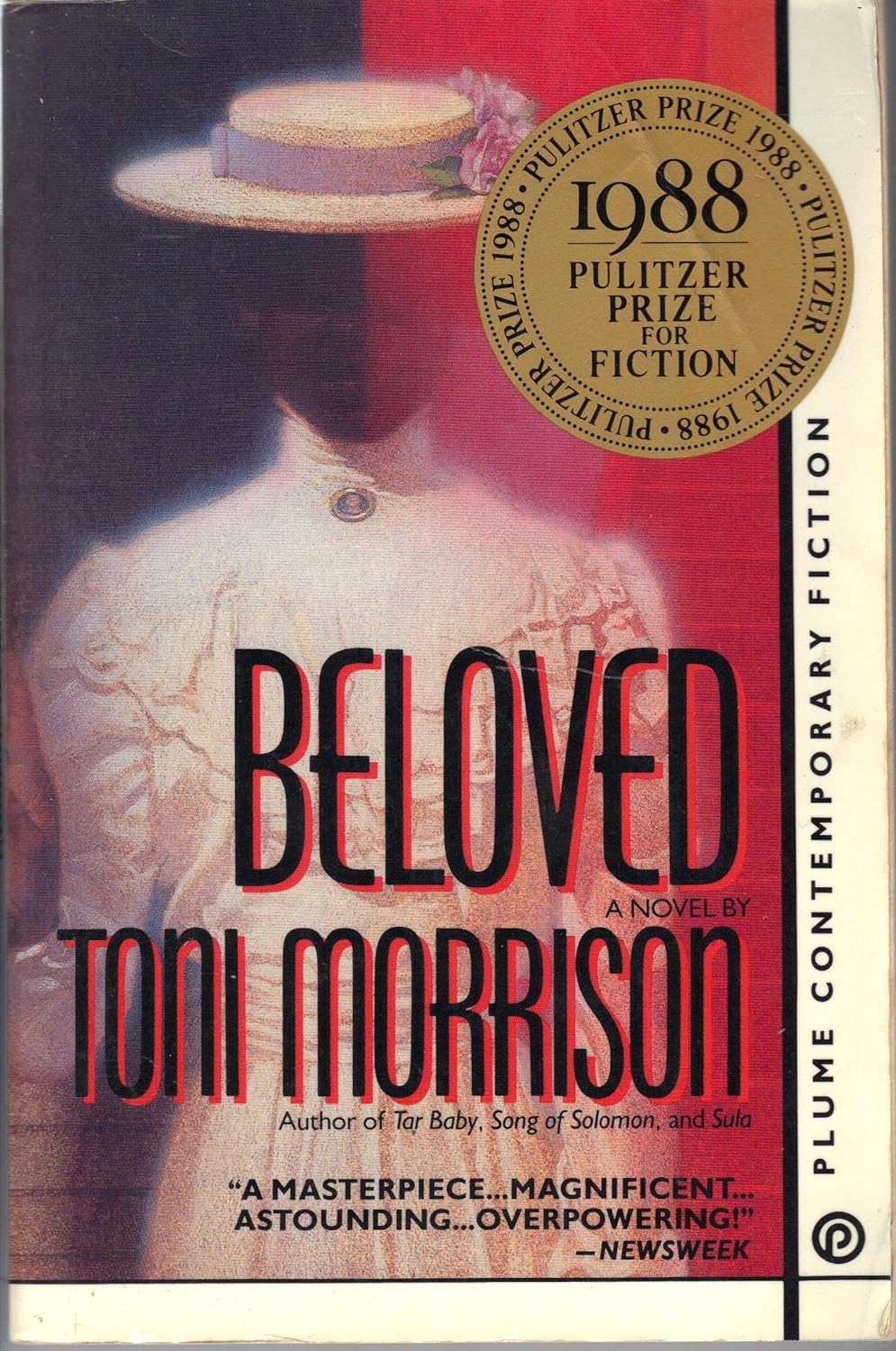
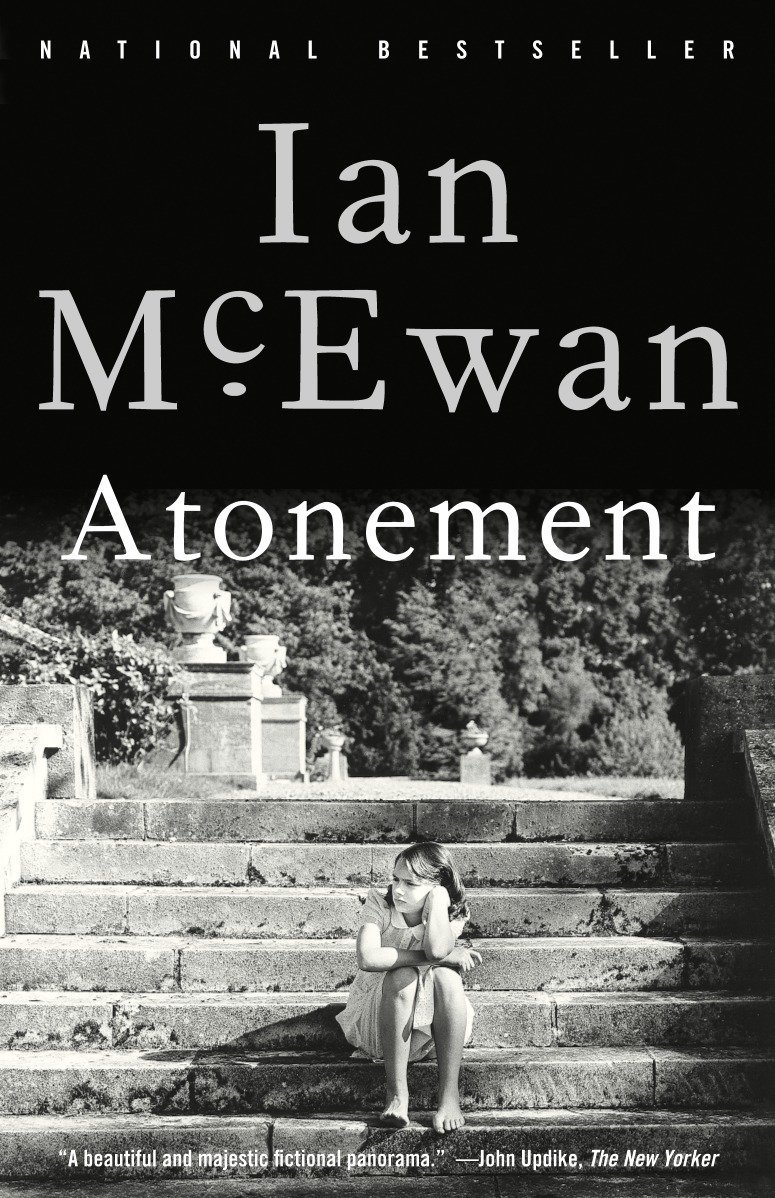
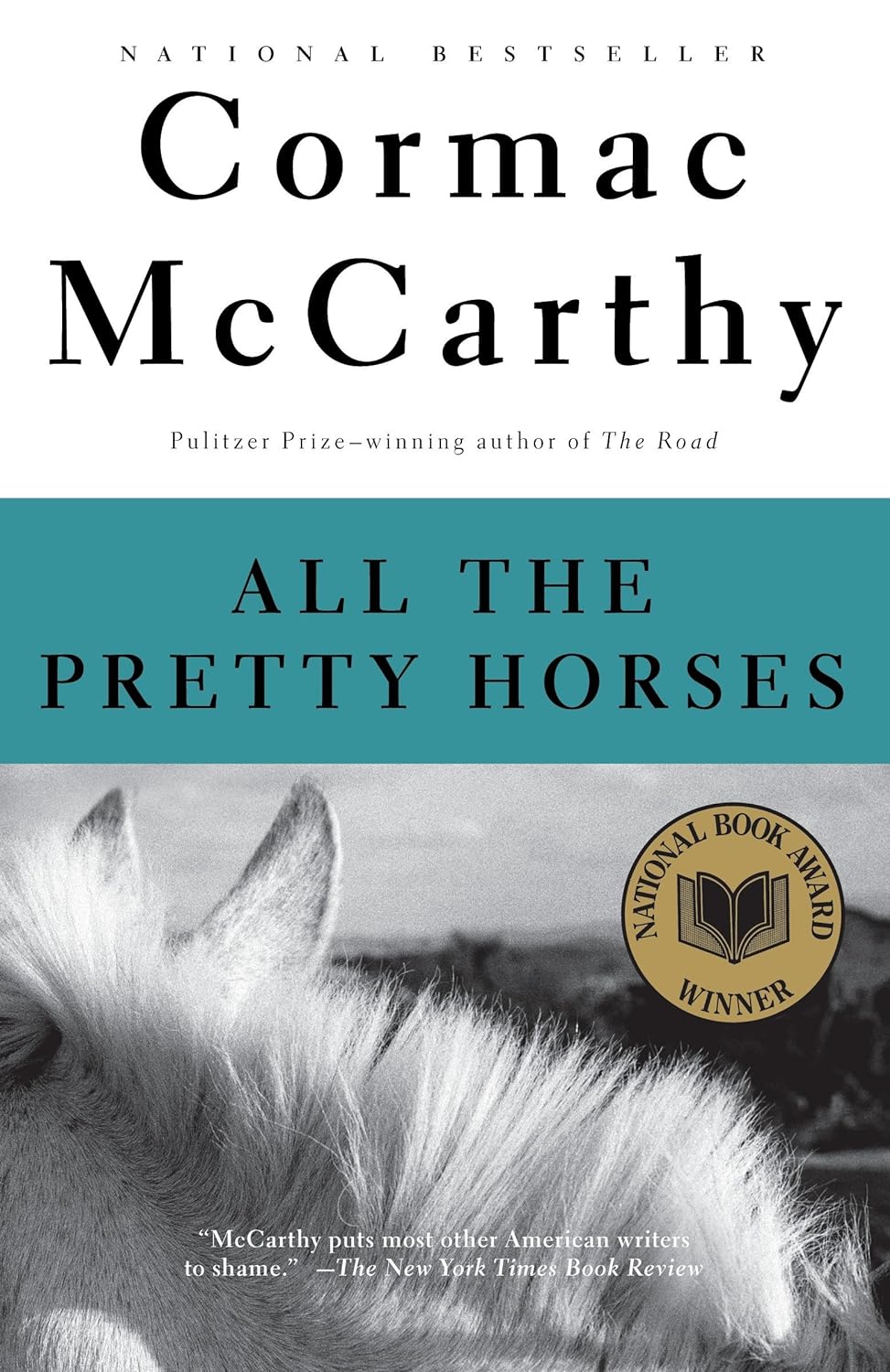

The Passenger by Cormac McCarthy
He sat for a long time in the wooden pew, bent forward like any other penitent. The women moved softly down the aisle. You believe that the loss of those you loved has absolved you of all else. Let me tell you a story.
Apocalypse, drowning, religion, voids, regrets and nightmares, no one writes it like Cormac McCarthy. Sometimes it’s easy to visualize the library that Cormac references for his writing, the meandering thoughts of a scholar. Cormac was constantly revising and editing his work, beautiful with its lack of punctuation. Yeats’ Second Coming. ‘The Kid and his shadowkind had come trekking across a vast waste.’
His best writing is of the damaged traveler, swimming in mental illness, wandering through the landscape:
The abyss of the past into which the world is falling. Everything vanishing as if it had never been. We would hardly wish to know ourselves again as once we were and yet we mourn the days.
McCarthy swings from the historical effects onto the psyche and into the line that resonates America’s current events. America’s psyche:
Anyway, Hoffer has it right. Real trouble doesnt begin in a society until boredom has become its most general feature. Boredom will even drive quietminded people down paths they’d never imagined.
Boredom.
Best Book of 2023. Thanks Cormac.
The Fever by Wallace Shawn
The Fever is a short philosophical piece that explores the deceptions that wealth creates in people, the injustice of destitution, and the realization we can all come to if we see it for what it is. Written by Wallace Shawn, most notably the actor who stole the scene from his non-slouch co-stars in The Princess Bride, this book may cause discomfort. It’s best message is one of altruism.
A Room with a View by E.M. Forster
Lucy Honeychurch, a girl who can’t think for herself, and “accustomed to have her thoughts confirmed by others,” exited her small provincial life in England to see the beauty of Italy, only to return home from her trip in a muddle.
The beauty and earthly delights of Italy have smote young George Emerson, and he reacts instinctively when he encounters Lucy. Hence, the muddle.
The course of the novel follows Lucy’s awakening. Any novel from the Victorian/Edwardian age is a book about white people problems and only postmodern lit broke this spell. But the book is worth the read, only for the lovely and honest insights from George’s father and for the magnificence that is Cecil Vyse.
Lucy’s betrothed Cecil is deliciously vain, on par with Austen’s Sir Walter Elliott. “Of course, he despised the world as a whole; every thoughtful man should; it is almost a test of refinement.” And beautifully acted by Daniel Day-Lewis in the Merchant/Ivory film.
Forster’s drawing of the Vyse’s world is the perfect balance between apathy, humor, and conceit:
“Mrs. Vyse managed to scrape together a dinner-party consisting entirely of the grandchildren of famous people. The food was poor, but the talk had a witty weariness that impressed the girl. One was tired of everything, it seemed. One launched into enthusiasms only to collapse gracefully, and pick oneself up amid sympathetic laughter.”
The 1985 film follows the trajectory of the book, for the most part, but is more forgiving of the Honeychurch family. They have their own conceits, and seemingly, have more in common with the Vyses than not.
Click on the book jacket to place a hold.
An Owl On Every Post by Sanora Babb
This intense memoir, written by Sanora Babb, chronicles her upbringing on the plains of eastern Colorado, crammed into a small dugout with grandfather, sister, and parents. It brings to mind Wilder’s On the Banks of Plum Creek, but written with more depth, and more sense of the dangers inherent. The family’s poverty is striking; grandfather suffers from scurvy, and hardtack with tea (pinto beans if you’re lucky) is daily fare. Neighbors are very few and far, far between. Coping with the elements and the loneliness is more difficult for some than others. And Babb’s vision of the vast and empty plain permeates the entire book:
We turned around and around to see the full circle of horizon, the perfect meeting of earth and sky. Two pointed buttes to the northwest were the only blemish on the plain. Their hulks had been thrown up from the earth in digging a silver mine. We were at once in a grand and endless space, and enclosed, locked in.
Babb later went on to work for the Farm Security Administration during the Great Depression. She took extensive notes of migrant families and was to publish a book of her work, but her publisher shared these notes with John Steinbeck, who used them in his novel The Grapes of Wrath. Babb’s novel Whose Names Are Unknown was ultimately published in 1994.
How Fascism Comes to America
The Salida Library offers free access to hundreds of newspaper publications; all you need is your library card. For the more high profile names, like the Washington Post, there is usually a one-day turnaround to see current articles.
Newspaper Source Plus is a great tool for scholars, and for researching back issues, like this prescient opinion piece from 2016 by Bob Kagan, timely because of current events at the Salida Library. The Salida Library offers the freedom to read any and all books to each of our library patrons and will not deny access to information.
How Fascism Comes To America – Bob Kagan
To access these online newspapers, pick ‘Research’ from the menu at top of salidalibrary.org, then click on the ‘All Research Databases.’ Scroll down (it’s an alphabetical list) to find ‘Newspaper Source Plus.’ If you need help, give a call, 719 539-4826.

Julius Caesar
Happy Ides of March to all who celebrate! Time to dust off your Shakespeare and give Julius Caesar a reread, that time-honored classic of betrayal and murder.
Shakespeare loved an omen and he knew his audience did as well: soothsayers warning of the ides of march, dreams of birds devouring armies, fires and meteors dotting the Italian sky, and somebody swallowing live coals in a dramatic death. All it needs is Caesar’s ghost, which of course makes an appearance late in the play.
And Shakespeare knew how to incorporate violence, comedy, pathos; it’s all in here. Not as bloody as Macbeth, but it will do:
Brutus:
But, alas,
Caesar must bleed for it! And, gentle friends,
Let’s kill him boldly, but not wrathfully;
Let’s carve him as a dish fit for the gods,
Not hew him as a carcass fit for hounds:
And let our hearts, as subtle masters do,
Stir up their servants to an act of rage,
And after seem to chide ’em. This shall make
Our purpose necessary and not envious:
Which so appearing to the common eyes,
We shall be call’d purgers, not murderers.
And for Mark Antony, think not of him;
For he can do no more than Caesar’s arm
When Caesar’s head is off.
There is a parallel between Caesar and Brutus. Is the assassin Brutus the hero or the villain? Is Caesar a dictator, the murderer of his rival Pompey, or is he the noble leader of the Roman Republic? Shakespeare plays with this duality and lets his audience decide.
Brutus:
Not that I loved Caesar less, but that I loved
Rome more. Had you rather Caesar were living and
die all slaves, than that Caesar were dead, to live
all free men? As Caesar loved me, I weep for him;
as he was fortunate, I rejoice at it; as he was
valiant, I honour him: but, as he was ambitious, I
slew him.
Phyllida Law produced a trilogy of Shakespeare plays around a decade ago, each acted with an all-female cast. Law’s Julius Caesar is set in a prison, with the actor Harriet Walter playing the lead of Brutus. Walter wrote a memoir of her experiences in the revealing Brutus and other Heroines, available here or at archive.org. Here’s an excerpt of how she prepared for the role:
“What could I as a performer bring to any male role that a male could not do better? Would it not just be a vanity exercise? Then I thought, hey! What male actor do I know who would not jump at playing Hamlet for the sake of playing Hamlet … In my very coyness lurked a revelation. I had a typically female attitude. I didn’t feel entitled. We women can be as ambitious as men and as hungry, but then that old chestnut of needing to be liked rears its head. It sounds daft but it is a not-to-be-ignored factor that contributes to women’s ongoing underachievement in the top echelons of public life.”
About regarding the scene between Brutus and his ally Cassius, and how the dynamic changes when played by women, Walter says this:
“…the fact that it was acted by women gave it a double life. On the one hand two men, whose brotherly bond only soldiers can know; on the other two women shouting at one another, physically threatening and pushing each other. Physical closeness has very different connotations for men and women, as does overt aggression — something females practically never show in friendship and certainly would not easily recover from in the way that Brutus and Cassius do.”
You can find the Phyllida Law productions streaming online.
The ones who killed them — I don’t know them, they’re our enemies. And they’ve always been our enemies. In Soviet schools, in the Soviet Union, they lied to us, they told lies. Do you understand? The whole history of Russia, it’s all invented. There’s not a word of truth there, not a single word of truth.
The Ukrainian Night by Marci Shore
The 2013-14 Maidan Revolution in Ukraine ultimately led to the ouster of pro-Russian president Viktor Yanukovych, but not without loss of life. That winter, Ukrainian protestors fought government-led riot policemen in the Maidan Square in Kiev. The Ukrainian Night follows the events of this period with first-hand accounts from the people who witnessed and participated in it. The gravity of what unfolded is described here:
On the night of 10 December [president] Yanukovych tried again to clear the Maidan. Thousands of Berkutovtsy, riot policemen, with armored vehicles approached; they began to break down the barricades. At Saint Michael’s Cathedral, at one in the morning, … Father Ivan Sydor made a decision to sound an alarm: for four hours the bells tolled in the spire, the sound resonating throughout central Kiev. It was the first time the monastery had used its bell tower for this purpose since the Mongols invaded Kiev in the 1240s.
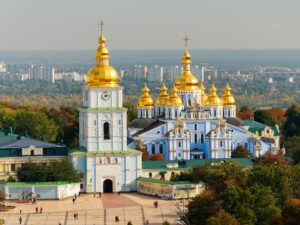
At the end of the Maidan Revolution, Ukrainians cleaned their country of Soviet apparatus (Lenin statues and the like), but Putin saw an opening and Russians began infiltrating Crimea and the eastern edges of Ukraine – also occupying territory in Georgia and Moldova. In 2014, the Russo-Ukrainian War began. The bravery of Ukrainians has been on display since then:
If the war did come to Dnipropetrovsk [today Dnipro], Oleg was certain that people would fight. The mood at the moment was very patriotic: everyone would defend his own street, his own home. “I don’t know if Putin understands this or not, but if they come here, we will likely slaughter them.”
Ukrainians have been fighting against Russian aggression for a century; the Russo-Ukrainian War began in earnest in February 2022. Russia has been reverting into Soviet Russia for the last decade or so, attempting to create another Soviet Union. Latest stats from the front report that around 200,000 Russians have died attempting to conquer Ukraine; in certain places, 2,000 Russians die for every 100 yards gained.
Children & Other Wild Animals by Brian Doyle
Fellow librarians TaAnna and Amy both highly recommended this book: it is a jewel.
A book of essays, there is wonder in the writing and the natural world is always present, either in the foreground or background. A favorite, the creature beyond the mountains, is all about sturgeons and the mysteries they contain. The story deftly combines fact with beauty:
‘Even the biggest rivers and lakes are stories with endings, they can be plumbed, they are the land’s liquid cousins, the land embraces them; whereas the ocean is landless, endless, wilderness, its denizens often savage and terrifying. So to ponder an enormous creature that is not terrifying, that lives in the river I can see from my office window, that remains pretty much a total mystery to biologists and ichthyologists, and the United States Army Corps of Engineers — this gives me hope.’
Brian could have been a professor of writing, but he wasn’t, though he did work at the University of Portland for a time as a magazine editor. This, from the greatest nature essay ever:
’…then there would suddenly be a sharp sentence where the dagger enters your heart and the essay spins on a dime like a skater, and you are plunged into way deeper water, you didn’t see it coming at all, and you actually shiver, your whole body shimmers in response to a dart to the heart…’
Professionally, Brian wrote articles for magazines, and also wrote novels, which he described as ‘long dreams.’ He died in 2017. It will be worth your time to seek out his work.
Killers of the Flower Moon by David Grann
David Grann’s well-researched Killers of the Flower Moon is first a murder mystery but becomes an indictment of man’s inhumanity against man. Themes of greed and grift overlap amidst the Osage nation’s attempt to survive the Reign of Terror.
Probably has one of the best closing lines in a book I’ve read in some years.
Read it before the cinematic release, expected May 2023.
An Ascent of Mt. Shavano
In the Summer of 1888, the first recorded summit of Mt. Shavano was made by Charles Fay and J. Rayner Edmands. Both men, from New England, were avid mountain climbers and came west on a Rocky Mountain adventure.
Charles later published an account of their summit in the Appalachia Journal (vol. V, 1887-1889), the magazine created by the Appalachian Mountain Club; find a link to this account below:
Charles Fay, a mathematics and linguistics professor, was the founder of the Appalachian Mountain Club and the American Alpine Club; he also founded the Modern Language Association. J. Rayner Edmands was a member of one of the first graduating classes at MIT; he later was a professor at Harvard.
Cloud Cuckoo Land by Anthony Doerr
This is a story about the life of a story, a manuscript written by Antonius Diogenes, and layered with the histories of individuals who come into contact with that story.
A good book to fall into at the beginning of the cool weather season.
Click on the book jacket to place a hold.
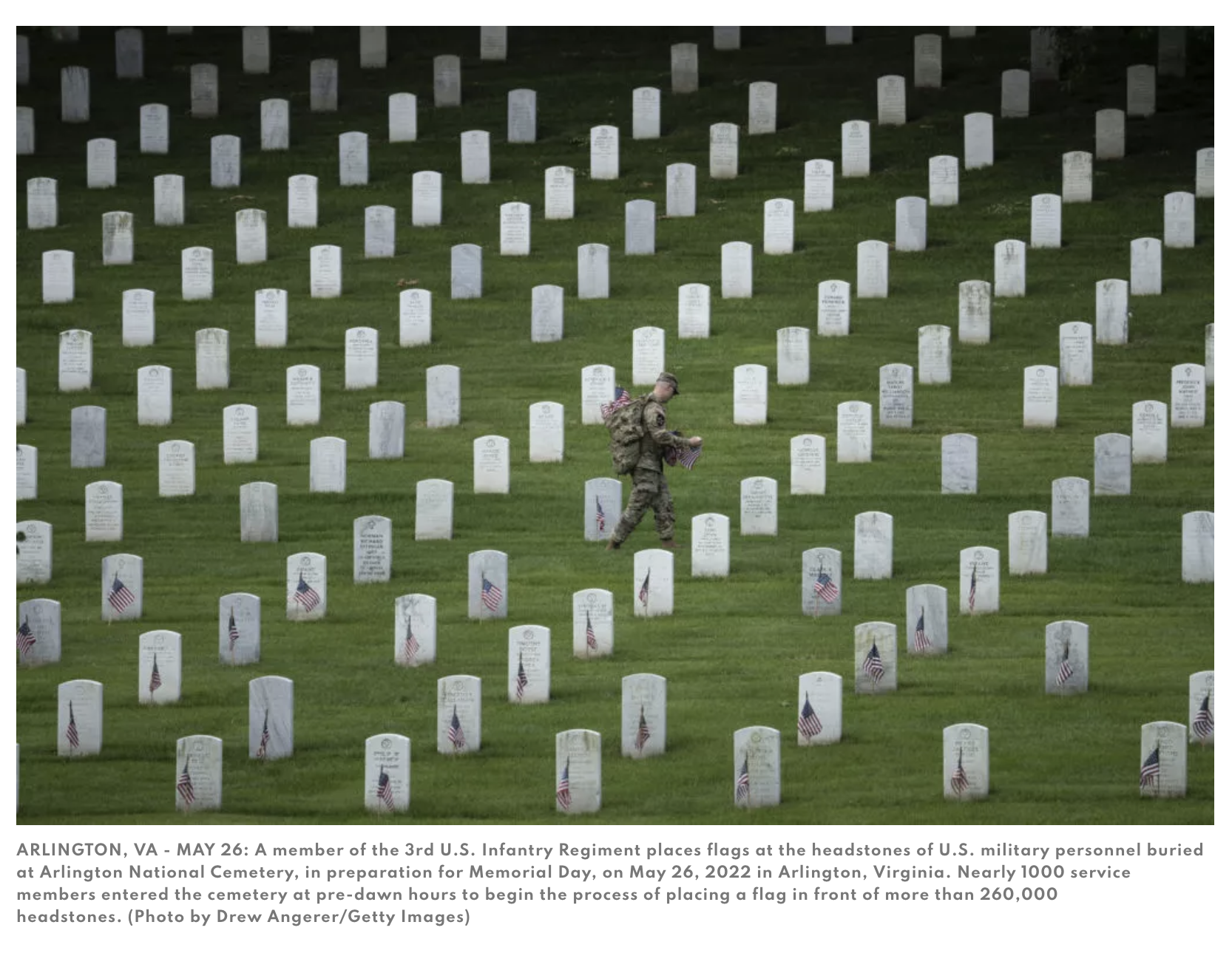
Memorial Day - for All Americans
by Theodore R. Johnson
We may disagree with one another about our vision for our country, but so did the soldiers, sailors, airmen, and Marines we honor today.
Bloodlands by Timothy Snyder
There is plenty written about the 20th century’s massacres during World War II perpetrated by Stalin and Hitler, but the most comprehensive may be in this book by Yale professor Timothy Snyder.
It is important to read about past atrocities to gauge present ones, keeping them in perspective for what they are. Plenty of media personalites have downplayed what is going in Ukraine and are parroting Lord Haw Haw’s tactics, contorting themselves with lingual gymnastics. Proof is in visual and verbal imagery. This is from a diary written by Katya who survived Mariupol:
…Our neighbor died, and we could not carry her outside, and she began to smell. When it got quiet uncle Kolya carried her out, and himself got killed on a trip wire. Mom cried a lot. After dad died uncle Kolya was the closest person .… [The] corpses stink so much. They were everywhere. I covered my brother’s eyes with my mother’s scarf so that he would not see this. While we were running, I nearly vomited several times. I no longer believe in your God. Had he existed, we wouldn’t have suffered so much.
How to come to terms with a nation that commits atrocities? Snyder writes:
“It is easy to sanctify policies or identities by the deaths of the victims. It is less appealing, but morally more urgent, to understand the actions of the perpetrators. The moral danger, after all, is never that one might become a victim but that one might be perpetrator or a bystander. It is tempting to say that a Nazi murderer is beyond the pale of understanding…To yield to this temptation, to find other people to be inhuman, is to take a step toward, not away from, the Nazi position. To find other people incomprehensible is to abandon the search for understanding, and thus to abandon history.”
And there is something more at work here. The practice of dedovshchina is part of a Russian soldier’s training, which is a hazing that includes the torture and rape of the soldiers themselves. This can explain more deeply the anger behind the torture and rape and execution of Ukrainians by Russians.
The Ukrainians have been living with this anger on their doorstep since the 1930s, trying to fend off dictators.What Russia is doing is genocide and ethnic cleansing and it’s nothing new. Except to the Ukrainians who are experiencing this genocide right now.
Other recommendations:
A New Selected Poems by Galway Kinnell
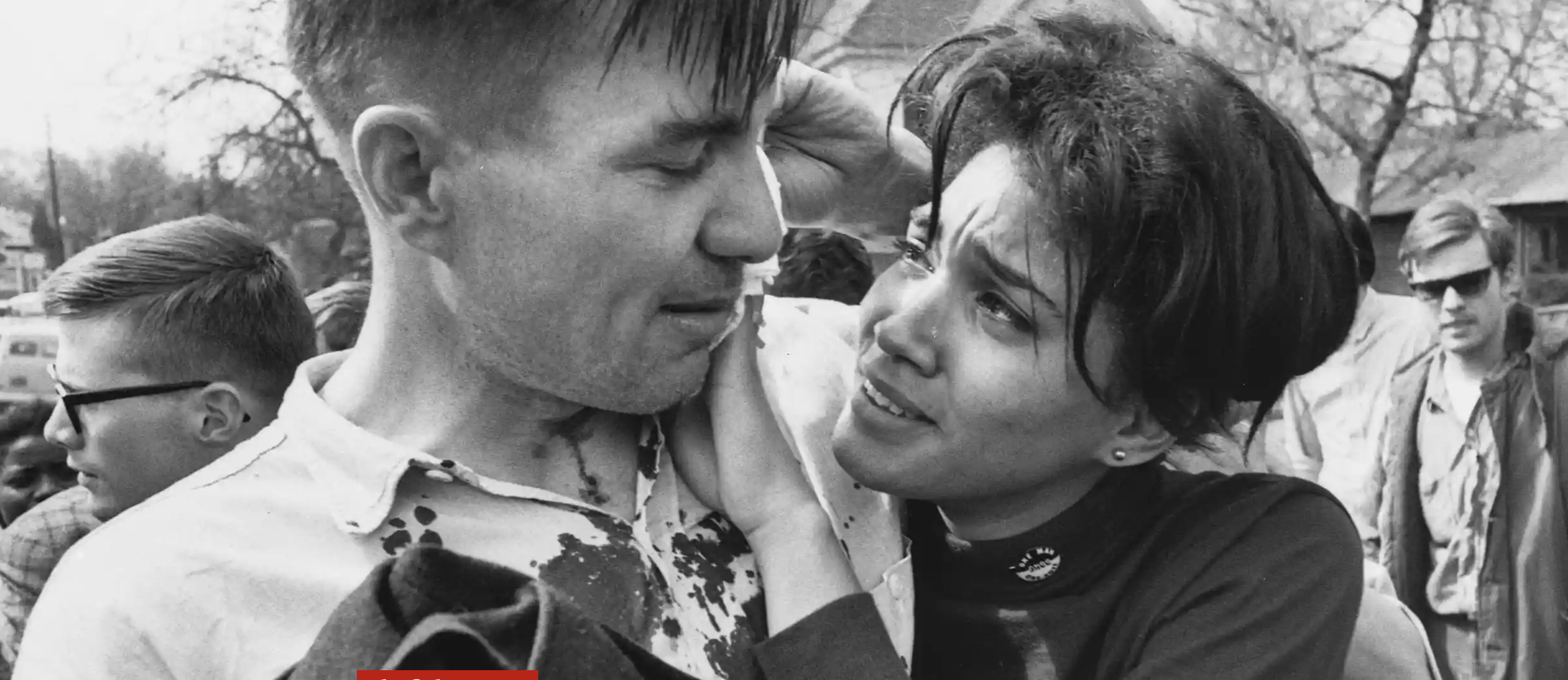
This book, published in 2000, is collected from Galway Kinnell’s work spanning back to the 1960s and includes some of the most anthologized of his poetry. Galway wrote of the natural world, its beauty and its horrors, and how humans interact with that world.
In the 1960s, Galway was active in the American civil rights movement. During the Montgomery, Alabama demonstrations, he was beaten by a police officer and arrested at one of the protests. An iconic photograph was taken by Charles Moore afterwards.
Among his numerous accolades, he won the Pulitzer Prize and National Book Award in 1980.
Not included in New Selected Poems but still a good one is ‘Where the Track Vanishes’, found below (courtesy the Poetry Foundation):
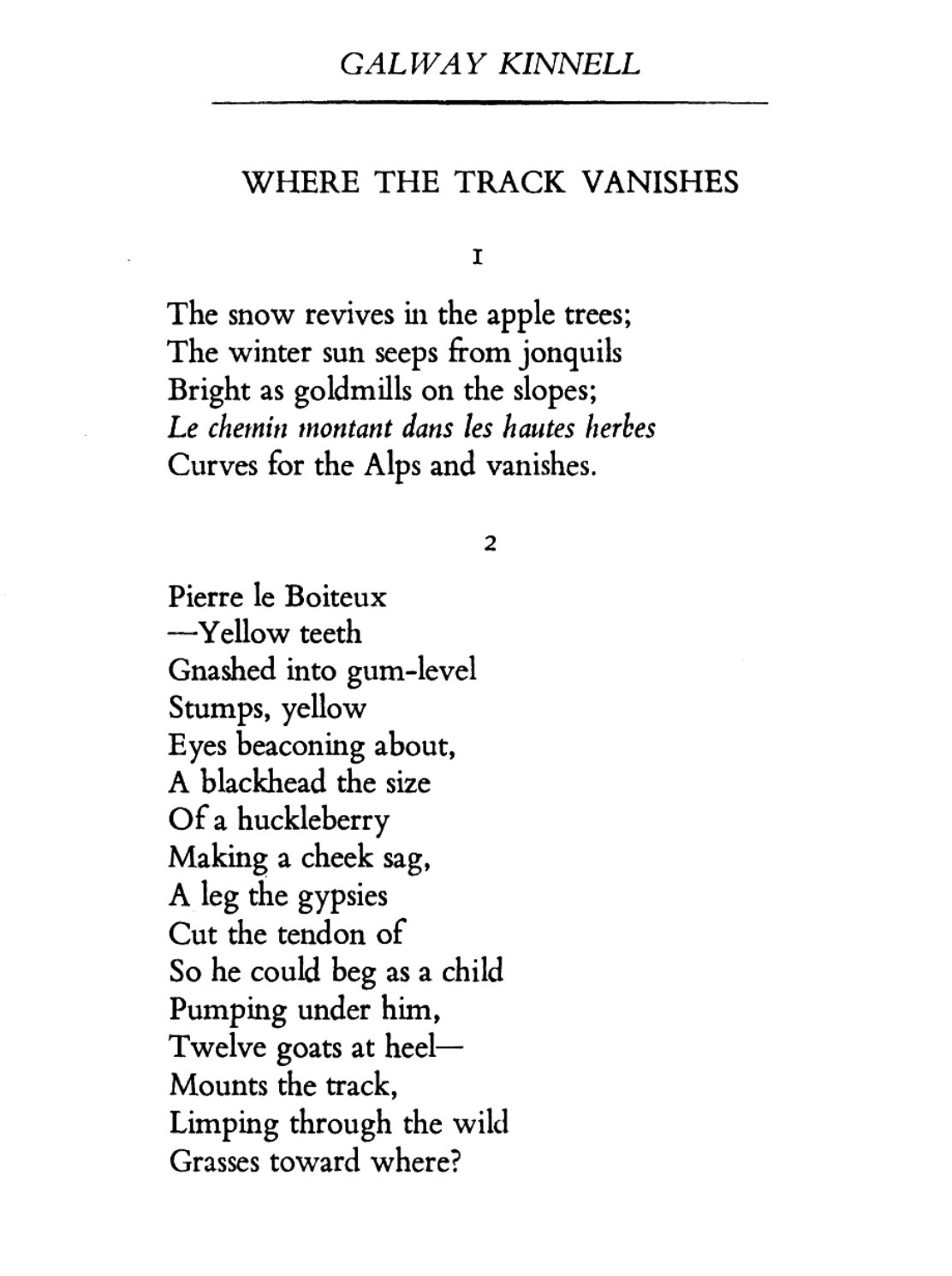
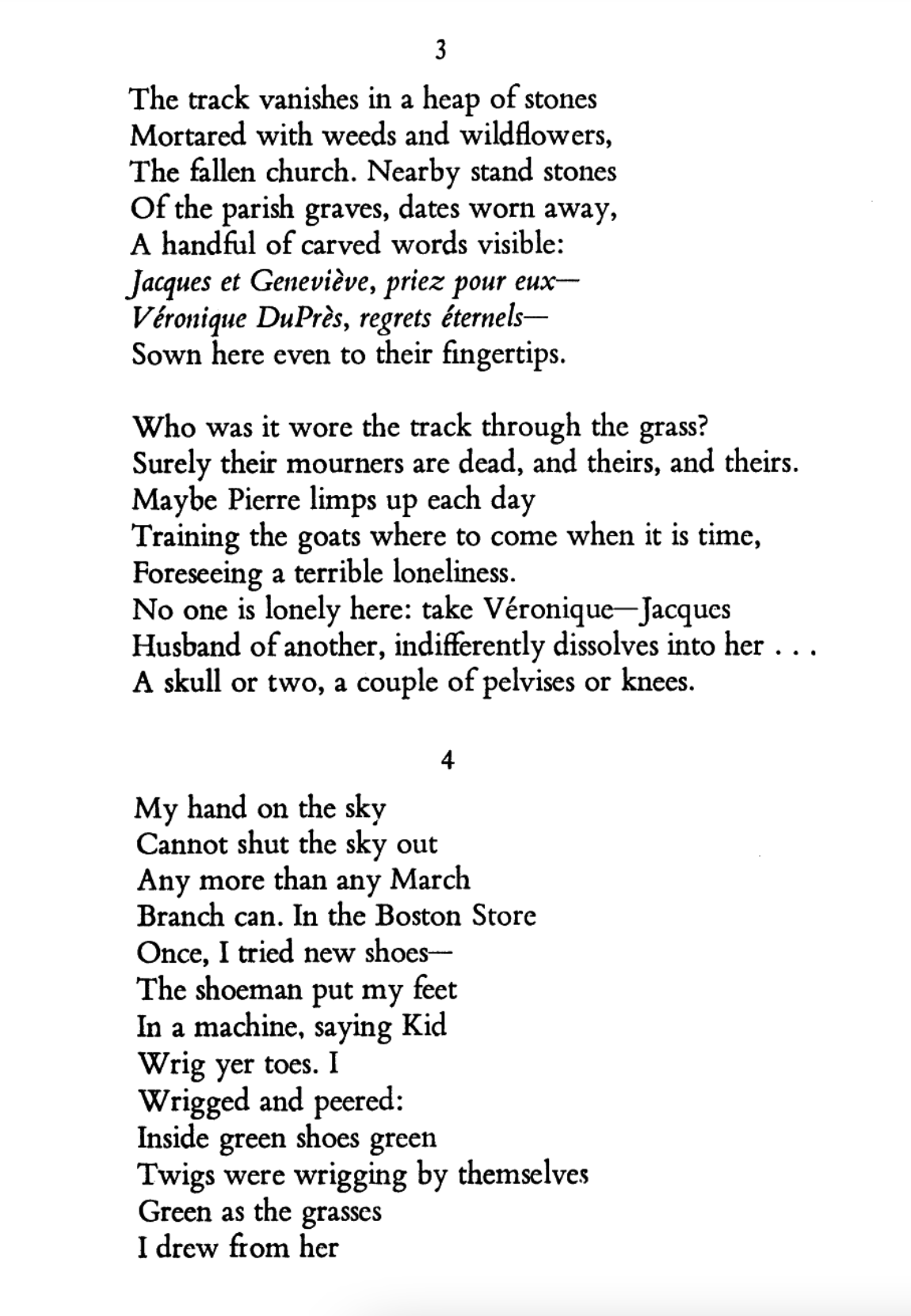
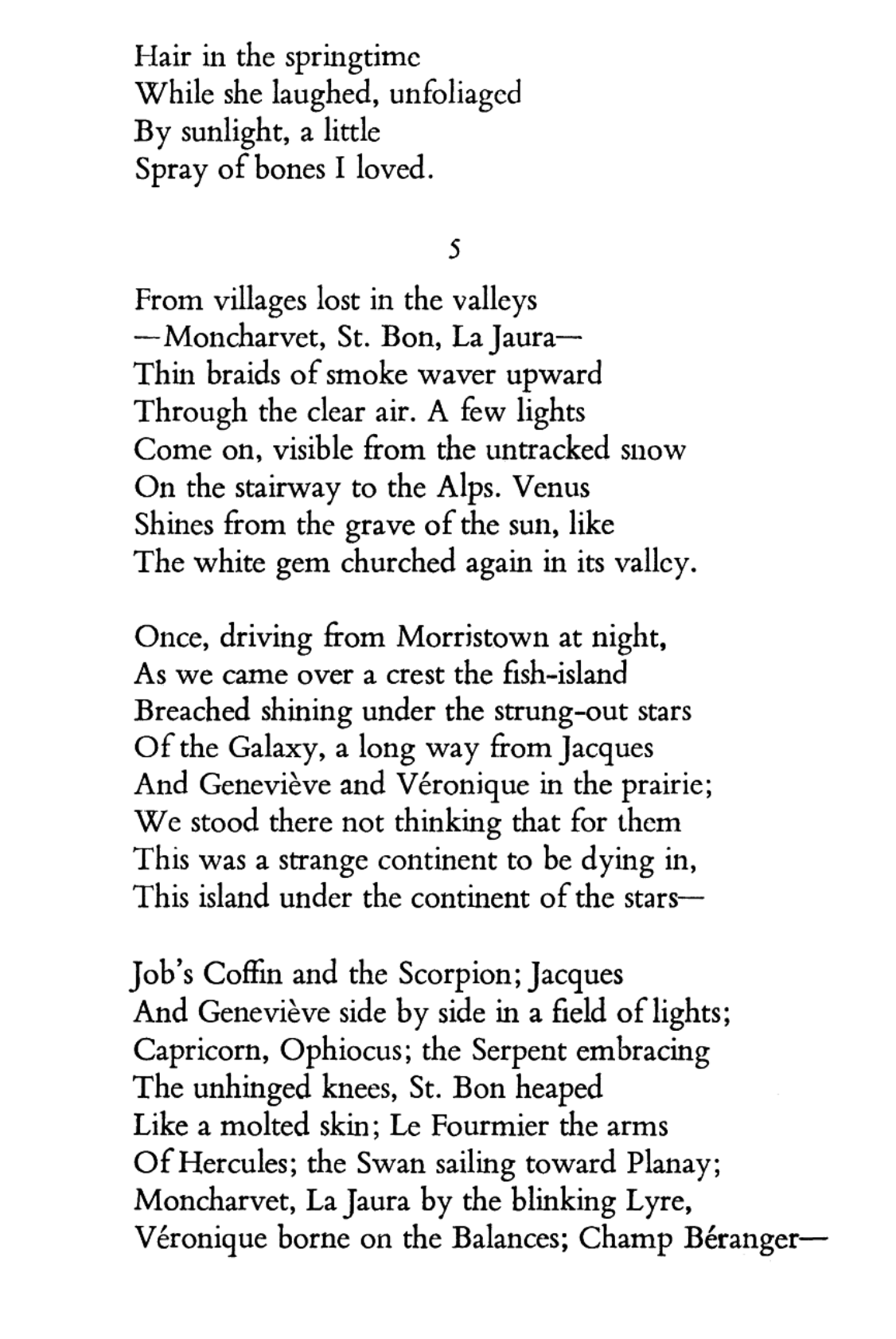
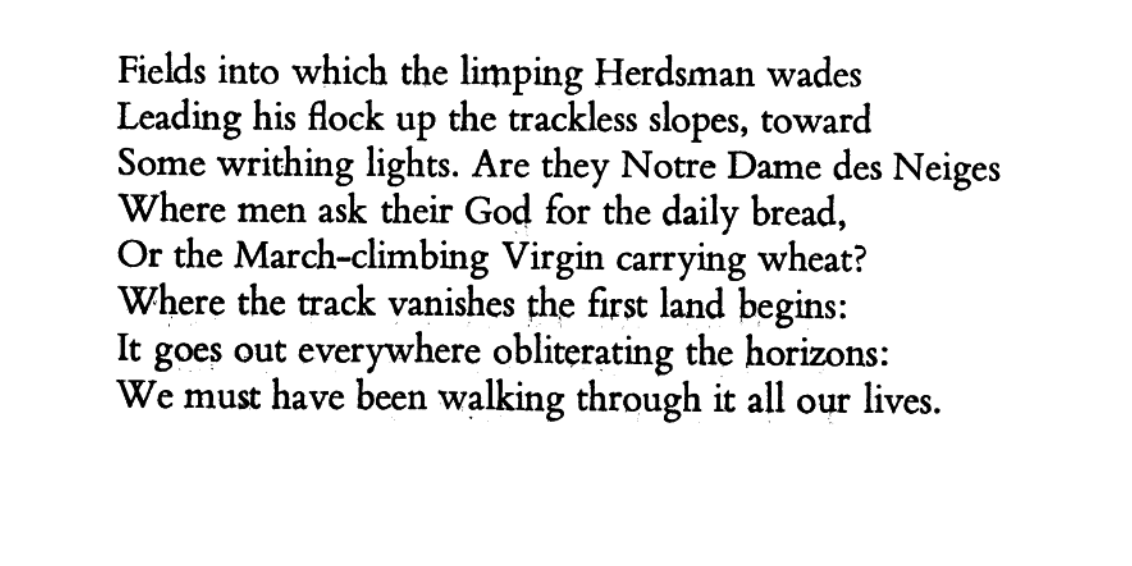
The Good Soldiers by David Finkel
This war narrative by David Finkel follows Lt. Col. Ralph Kauzlarich and his 2-16 Rangers through Iraq during their 15-month tour of the 2007 surge. Translated, the surge meant that America had shifted from war to diplomacy. But with soldiers. Americans soon became interlopers in Iraq:
Out they went through the heavily guarded main gate of the FOB [forward operating base] and were instantly on the front lines of the war. In other wars, the front line was exactly that, a line to advance toward and cross, but in this war, where the enemy was everywhere, it was anywhere out of the wire, in any direction: that building, that town, that province, the entire country, in 360 degrees.
The 2-16 had it all: duty, loyalty, honor. Each soldier an embodiment of the Soldier’s Creed: I will never accept defeat. I will never quit. I will never leave a fallen comrade.
But what if the top tier of command is dishonorable? The war in Iraq was part of the knee-jerk reaction to 9/11 and soon became a rallying point for political division. Once Saddam Hussein was killed, it became ever meaningless in its end game. None of these American politicians came to the most dangerous parts of Iraq, instead subscribing to political views that benefitted their own interests:
In the United States, the news was all macro rather than micro. It was about President Bush arriving in Australia that morning, where the deputy prime minister asked him how the war was going and he answered, “We’re kicking ass.” … “They should come to Rustamiyah,” more than one soldier said, certain of only one thing: that none of them would. No one came to Rustamiyah. But if they did, they could get in the lead Humvee. They could go out on Route Predators. They could go out on Berm Road. They could experience the full pucker.
Kauzlarich, or The Lost Kauz, named by his soldiers for his delusions of grandeur in Iraq, bought into the jingoism spouted off by upper echelons, that they were some sort of savior to the Iraqis. In the end, the Iraq War devolved into too many factions, too many people fighting for power and U.S. dollars, and U.S. soldiers were caught up in the web.
Kauzlarich wrote the following for a recently killed soldier in his battalion:
“The thought that the bullet has already been fired at each of us and it is only a matter of time when it will hit, brings comfort to some and terror to others,” he wrote. His intention was to be symbolic rather than literal … but when he said it out loud at [PFC] Craig’s memorial service to a chapel filled with soldiers increasingly on edge, it creeped a lot of them out.
The bullet has already been fired.
Only a matter of time.
There was not much difference when Izzy, one of the Iraqi interpreters, translated a poem for the soldiers:
“No, no. Like dust in the wind. My life is like dust in the wind,” he said, correcting himself. “It’s like a hopeless man,” he explained.
Think about unwinnable wars and the cost to soldiers. Thank you for your service only goes so far and it does no good to the veterans who commit suicide every day in this nation. Twenty, every day. Life is cheap, no more so than in war and post-war.
The Good Soldiers could have been subtitled with the following sentiment, made by Kauzlarich’s wife, Stephanie: “I hate the war and what it has done to my life.”
Link to The Good Soldiers
The Rector of Justin by Louis Auchincloss
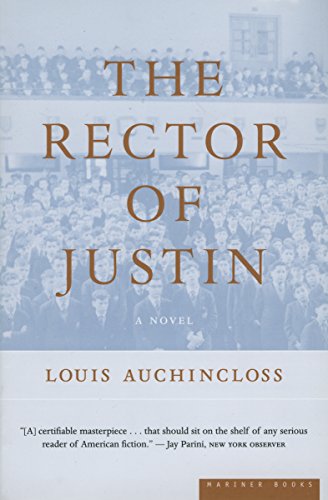
This fictional biography of a larger than life man is told in epistolary form, as seen through the eyes of his friends and enemies. Frank Prescott’s dream is to open a religious school for boys, one that will shape their minds and bodies with the end goal of turning out strong, moral men. Whether he does or not is explored in the book.
For its formative years, Justin Martyr Boarding School is a dream fulfilled for Prescott. His is the most prominent of any east coast school and families clamor for their sons to be accepted into it. When the school is forced to grow, money must be procured and deals made. Prescott must square this:
It has always seemed to me that a private church school is a contradiction in terms. How can religion be packaged for the privileged and sold to the select?
His sympathetic fictional biographer, Brian Aspinwall, is forced to include the negative aspects of his hero’s life. Prescott was a bigot; if a boy enrolled at his school did not fit the stereotype of white, strong football player, then he was a target.
He was one of Pa’s golden boys, Justin ’11 senior prefect and football captain, a kind of American Rupert Brooke, at least in romantic appearance, blond, with sleepy grey eyes, a bit on the short side, but muscular and stocky, terribly serious and sincere, a savage tackle but gentle as a mother with children, honorable, naive, charming, the kind of man who would protect his lady fair from a hundred wild Indians but whom she would have to protect from a swindling salesman — in short, a magazine-cover hero, a Parsifal, Pa’s ideal because the opposite of Pa.
Ironically, Brian is the complete opposite of this, weak and small. The only thing that strings them both together is faith.
Throughout his life, Prescott builds his school and forms his friendships and animosites. But, as with any student of religion, the main dilemma that besieges Prescott is faith and lack of it. In the end, Prescott was fighting his entire life to be worthy of his god and his school:
“We all have such reactions,” he replied. “I am besieged with them myself. Moments of vacuum, I call them. I’m sorry to say they do not disappear with age. Nobody can believe in a life hereafter all the time. What you must do is accept your moods of doubt, as you have just accepted your illness. You must say to yourself: ‘Here I am, a believer who is doubting.’ Then you will find that, although alone with yourself in that terrible vacuum, you still can see yourself. See yourself doubting. Instead of self-revilement, there may be calm. Instead of blame, there may be sadness. And if you will wait quietly enough and long enough, that vacuum may suddenly and thrillingly begin to throb again with your awarness of the presence of God.
Link to The Rector of Justin.
The Daily Miracle by William Zinsser
In his earlier career, William Zinsser wrote for the New York Herald Tribune, where he learned the basics of his craft. His mantra to other writers: keep it clear, keep it simple, and give the reader some credit. The adverb and adjective were to be enemies of good writing. It put a weight on the writer to be able to edit without inhibition, but also made the relationship between writer and reader binary.
Zinsser wrote an essay about his time spent at the Tribune, filled with sentences with poppers like:
“Gardening-advice articles then filled several pages of the Sunday paper. They were brought to me every week by Henry B. Aul, the editor who assembled the columns written by outside experts, whose bylines are still imprinted on my retina: Alfred Putz, Gisela Grimm, Betty Blossom. I knew as little about gardening as they knew about syntax, and I was locked in weekly combat with their prose.”
Before the owners of the Tribune ran it into the ground, Zinsser left and became a freelance writer, going on to write one of the bibles, On Writing Well.
Here’s a link to The Daily Miracle.
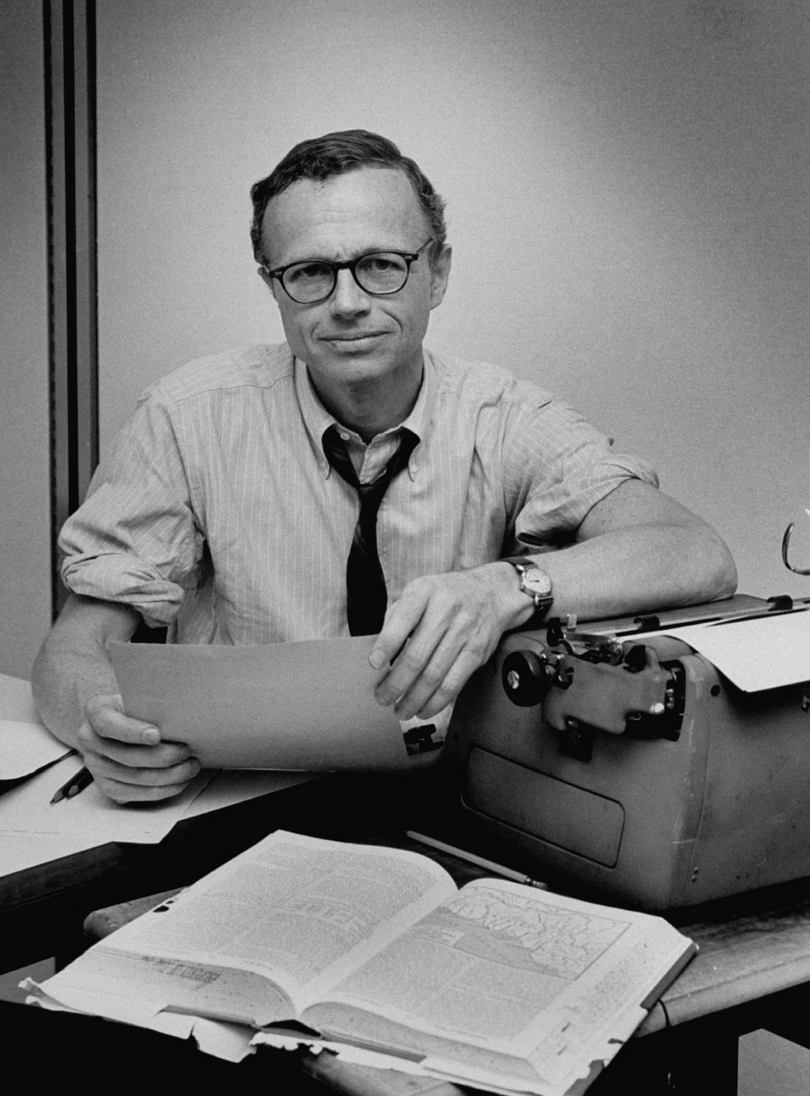
The Swimmer by John Cheever
After a day of drinking, Ned Merrill decides he’s going to swim home:
“In his mind he saw, with a cartographer’s eye, a string of swimming pools, a quasi-subterranean stream that curved across the county.”
Ned and his neighbors are wealthy (and bored and alcoholic) and there are pools as far as the eye can see where they live. So many that our narrator can plot a course to ‘swim home,’ a distance of eight miles.
Ned swims, sometimes meeting neighbors, sometimes not. Cheever occasionally sets the focus out into the real world, bringing the dividing line of rich/poor into clarity. This focus gets sharper as the story progresses.
On the surface it appears that Ned wants to be separate from this world of gin and tonics, pool parties, and passing time, and he is. His discovery of this drives the story. An escape from the endless party of the socialite world and those who are too rich to care. The swimmer is learning things he never knew about his neighbors, and about himself.
“He had swum too long, he had been immersed too long, and his nose and his throat were sore from the water.”
Ned swims and gets weaker and weaker. There is something deeper here, what writer Harry Levin called the”archtypal peripatetic American, who having left his home behind, is forever searching for home and whose dream of attainment becomes a nightmare.” Illusion, loss, and decay are themes all in play here. At the end, it is an allegory of a lost life.
Here’s a link to The Swimmer.
Twelve Minutes and a Life by Mitchell S. Jackson
This article was published in the magazine Runner’s World and it just won the Pulitzer Prize in Feature Writing. It’s an eloquent composition, a biography of Ahmaud Arbery and then a timestamp of the day of his death.
Going for a run is generally not a dangerous activity for whites; for Black people, it can be deadly. Ahmaud Arbery was jogging when he was stalked and gunned down by white supremacists. This lynching occurred last year and the perpetrators have been arrested and are awaiting trial. It’s just one more death in a too long line of lynchings that are part of this country’s heritage. The following points out the disparities, that Black people can’t be recreational runners:
Peoples, I invite you to ask yourself, just what is a runner’s world? Ask yourself who deserves to run? Who has the right? Ask who’s a runner? What’s their so-called race? Their gender? Their class? Ask yourself where do they live, where do they run? Where can’t they live and run? … Ahmaud Arbery, by all accounts, loved to run but didn’t call himself a runner. That is a shortcoming of the culture of running. That Maud’s jogging made him the target of hegemonic white forces is a certain failure of America. Check the books—slave passes, vagrancy laws, Harvard’s Skip Gates arrested outside his own crib—Blacks ain’t never owned the same freedom of movement as whites.
The argument can be made that recreational running is a white person’s sport. But there is more to it than that. For Black people there are dangers walking down their street, or sleeping in their bed. For all the pain that this article evokes, it is a celebration of the life of Ahmaud Arbery. He was talented and he was loved by his family. And we are left waiting for progress.
Here’s a link to Twelve Minutes and a Life.
A Swim in the Pond in the Rain by George Saunders

This classroom in a book is based on writing professor George Saunders’ Russian short story class. It is a master class of seven Russian short stories with analysis (before, during, &) after each one. Sometimes it takes a professor to demonstrate the genius behind a well-written story. To get the student, in this case, the reader, to exercise the critical thinking that’s needed to attend to a well-written short story. Have we all been reading underwater? With the professor’s insight, he gives the reader permission to critique.
“A story is a series of incremental pulses, each of which does something to us. Each puts us in a new place, relative to where we just were. Criticism is not some inscrutable, mysterious process. It’s just a matter of 1) noticing ourselves responding to a work of art, moment by moment, and 2) getting better at articulating that response.”
A book for those who want to get psyched to write well, or to read better.
Orwell: Politics and the English Language
Beware the agents of slovenly language. Orwell got it right when he published this essay in 1946.
“When one watches some tired hack on the platform mechanically repeating the familiar phrases … one often has a curious feeling that one is not watching a live human being but some kind of dummy: a feeling which suddenly becomes stronger at moments when the light catches the speaker’s spectacles and turns them into blank discs which seem to have no eyes behind them … And this reduced state of consciousness, if not indispensable, is at any rate favourable to political conformity.”
Link here to read the entire essay: Politics and the English Language
And some trivia about his book 1984: It was banned in the USSR for being anti-communist and banned in the US for being pro-communist.
Black Sea: Dispatches and Recipes, Through Darkness and Light by Caroline Eden
There are a myriad of ways to describe Caroline Eden’s delectable book: literary narrative, history textbook, travel memoir, and finally, cookbook. What most holds the reader’s attention are Eden’s descriptions of a decaying, romantic world as she circles around the Black Sea. This is something to fall into on a cold February day.
People have been flocking to the Black Sea for millennia, due to its location. The beaches of the sea touch a host of European countries, and over the centuries European rivers and ocean straits brought in a multitude of migrants. Subsequently, cultures have flourished and perished and the buildings offer proof. There is beauty in decay, and in towns well-lived. Here is Eden’s description of Odessa:
Pootling, rusty trams add a muted vibrational hum. In winter, when cold winds scud off the sea, turning the air to ice, these aged cartoonish streetcars, painted in childish yellows and blues, fill with women dressed in thick black fur coats. In summer, when the city sparkles with possibilities, like too-sweet Crimean champanski, the quavering cars swelter and seem to slow down, matching the pace of the city. Easing languidly around bends like slow-moving centipedes, through the heavily scented atmosphere. Dockside, the air smells of rust, tar, salt, brine, and diesel. Inland, the fragrance is gentler, of dust, unaired teahouses, and perfumy jam. Scents that catalogue memories, unchanged for decades.
The recipes in the book are simple enough, and the ingredient lists are achievable, even in our isolated community. A recipe for Jewish challah that Eden discovered at an Italian restaurant is included, along with fare influenced by the Mediterranean, Middle Eastern, and European cultures that passed through. A spicy strawberry recipe, modified from a dish Eden had in Istanbul, consists of chili, strawberries, sugar, lemon, yogurt, and cream cheese. Truly a beautiful blend of flavors.
Black Sea is available through Prospector here.
Caroline Eden’s latest book Red Sands: Reportage and Recipes Through Central Asia was released last November, and Samarkand is due to be released this autumn.


